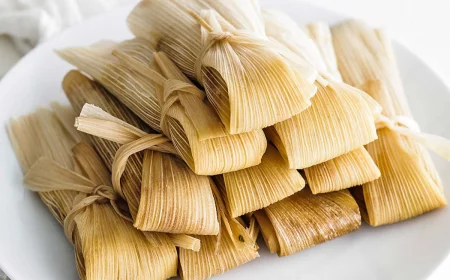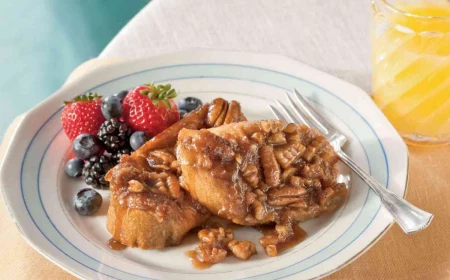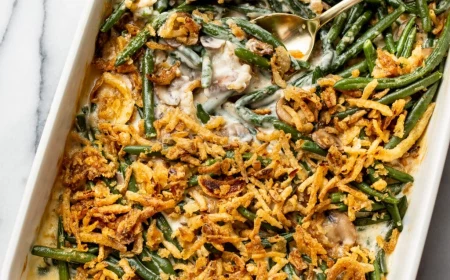Tired of Boring Keto Breakfasts? Here’s How to Actually Enjoy Your Mornings
I’ve seen a ton of food trends come and go, but the keto diet seems to have some serious staying power. I first got familiar with it not as a fad, but as a real tool to help people hit specific health goals. What I learned pretty quickly is that keto isn’t just about cutting carbs—it’s about completely changing how your body gets its fuel. And honestly, that all starts with breakfast.
In this article
- First Things First: What Are We Even Doing Here?
- The Keto Breakfast Trinity: Fat, Protein, and Fiber
- A Few Common Keto Breakfast Mistakes
- Your Keto Pantry: Tools and Ingredients
- Section 1: Super-Fast Breakfasts (5 Minutes or Less)
- Section 2: Mastering the Classics (Perfect Eggs, Every Time)
- Section 3: Make-Ahead Magic for Busy Weeks
- Section 4: Weekend Winners (Worth the Extra Effort)
- Inspiration Gallery
So many people get stuck in a rut. It’s either bacon and eggs for the tenth day in a row or, even worse, they’re following some questionable advice that just leaves them hungry and frustrated. The goal here is to get you past the basics. We’re going to dig into the real techniques and ingredient know-how that the pros use, so you can make a keto breakfast that actually fuels your body and clears your head.
First Things First: What Are We Even Doing Here?
Before we even think about turning on the stove, let’s get clear on the goal. A typical breakfast is loaded with carbs, which gives you that quick jolt of energy followed by the dreaded afternoon crash. Keto is the exact opposite. We’re aiming for smooth, stable energy that lasts for hours.
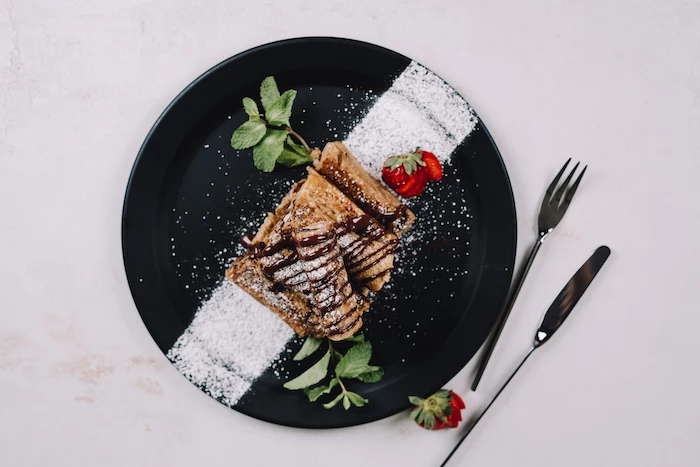
Basically, when you cut carbs way down (usually under 50 grams a day), your body flips a switch. Instead of burning sugar for fuel, it starts burning fat and producing these little energy molecules called ketones. This is ketosis. A good keto breakfast keeps that process going. It gives you high-quality fats for energy and just enough protein to keep you full and maintain muscle. No more blood sugar rollercoaster, just steady focus. A well-built keto breakfast should easily keep you satisfied until lunch. If you’re hungry an hour later, that’s a big red flag your meal was out of balance—probably too low in fat or fiber.
The Keto Breakfast Trinity: Fat, Protein, and Fiber
Think of these three as the pillars of your morning meal. Nail the combination, and you’ve nailed the diet. My approach is to always start with a primary fat and protein source, then build on that with low-carb veggies or other fiber sources.
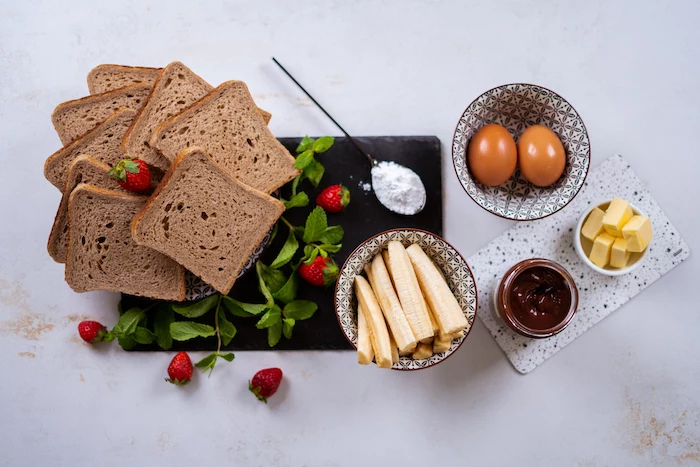
- High-Quality Fats: This is your main energy source, so don’t be shy. Great choices include avocado and its oil, coconut oil, MCT oil, olive oil, grass-fed butter, and ghee. They all have different flavors and cooking temperatures, which is part of the fun.
- The Right Amount of Protein: Protein is crucial, but too much can sometimes be converted into glucose by your body, which can interfere with ketosis. You don’t need to be a scientist here—just aim for a solid 20-30 grams of protein. This seems to be the sweet spot for satiety without going overboard. Whole eggs are the gold standard, but you can also use sausage or bacon (seriously, check the labels for hidden sugar!), smoked salmon, and even some keto-friendly protein powders.
- Low-Carb Fiber: Veggies are non-negotiable for nutrients and keeping your digestion happy. For breakfast, think spinach, mushrooms, bell peppers, and kale. And let’s not forget the all-star avocado, which brings both amazing fats and fiber to the table.
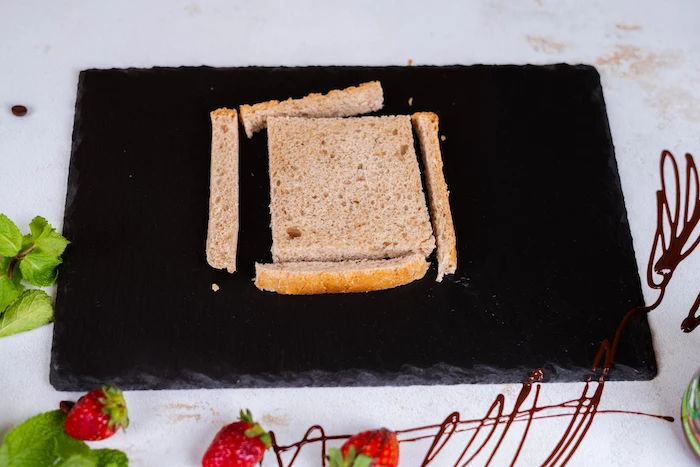
A Few Common Keto Breakfast Mistakes
Heads up! Before you start cooking, let’s talk about a few common pitfalls I see all the time. Avoiding these will save you a lot of grief.
1. Hidden Sugars in Meats. You’d be shocked at how many brands of bacon, sausage, and ham have added sugar, dextrose, or corn syrup. Always, always read the ingredient list on packaged meats. It’s a simple step that makes a huge difference.
2. Forgetting Electrolytes. When you start keto, your body flushes out a lot of water and, with it, essential minerals. That’s what causes the dreaded “keto flu.” A savory breakfast with salt (sodium) and avocado (potassium) is a great start. Quick tip: a pinch of a salt substitute that contains potassium (like Lo-Salt) in your water can be a game-changer.
3. Skimping on the Fat. It feels weird at first, but fat is your fuel now. If your breakfast is mostly lean protein and veggies, you’ll be starving by 10 a.m. Don’t be afraid to add that extra tablespoon of butter to your eggs or slice up a whole avocado.
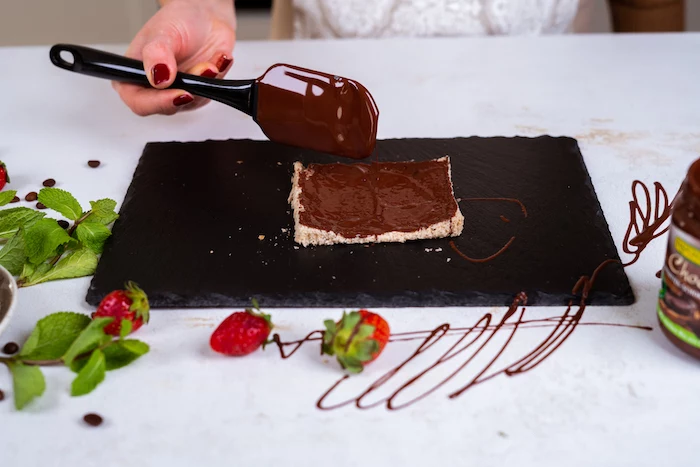
Your Keto Pantry: Tools and Ingredients
Having the right gear makes everything easier. A good non-stick skillet is your best friend for eggs and pancakes—a decent one will only set you back about $25-$40 and is worth every penny. I also highly recommend a digital kitchen scale ($15 on Amazon). Keto baking, in particular, is a science, and measuring things by volume (like in cups) can be a disaster with nut flours. A scale is your ticket to consistency.
Let’s Talk Flours and Sweeteners
Working with low-carb flours is a whole different ballgame than wheat flour. They have no gluten and soak up liquid in very different ways.
The two big players are almond and coconut flour. Here’s the lowdown:
- Almond Flour: This is your go-to for tender, slightly dense baked goods like scones or pancakes. It’s pretty forgiving. You can get a decent-sized bag for $8 to $15, depending on the brand. For a budget-friendly option, look for it in the bulk section of stores like WinCo or buy larger bags online.
- Coconut Flour: This stuff is SUPER absorbent because it’s so high in fiber. You need way less of it, and it always needs a lot of liquid (usually eggs) to work. I’ll never forget the first time I used it 1-to-1 for almond flour—I ended up with a muffin that could have been used as a hockey puck. That’s how I learned you HAVE to let a coconut flour batter rest for a few minutes to hydrate!
As for sweeteners, my regulars are erythritol, monk fruit, and allulose. Erythritol can have a slight cooling taste, monk fruit is powerful, and allulose acts a lot like real sugar when you cook it. It’s a matter of personal taste, so maybe grab a small bag of a couple to see what you prefer. You can find these in the baking aisle of most larger grocery stores now, or online from places like Amazon or Thrive Market.
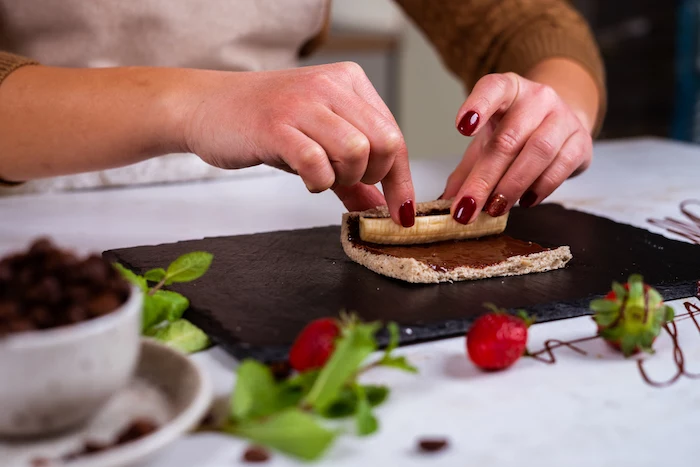
Section 1: Super-Fast Breakfasts (5 Minutes or Less)
Let’s be real, most mornings are a mad dash. For the days you don’t have time to cook, here are some egg-free life-savers.
Option 1: The Iconic “Bulletproof” Coffee
This is a keto classic for a reason. It’s coffee blended with fat, designed to give you a huge boost of mental clarity and energy. It sounds weird, but trust me, when blended correctly it’s creamy and delicious.
Simply brew your favorite coffee and blend it with 1 tablespoon of grass-fed butter and 1 tablespoon of MCT oil until it’s frothy like a latte. That’s it. It’ll keep you full for hours.
Option 2: Keto Chia Seed Pudding
This is the ultimate grab-and-go meal. You make it the night before, and it’s ready when you wake up.
In a jar, just mix 2 tablespoons of chia seeds with a ½ cup of unsweetened almond or coconut milk, a splash of vanilla, and a teaspoon of your favorite keto sweetener. Shake it up, stick it in the fridge, and by morning you’ll have a thick, satisfying pudding. Top with a few berries or nuts before you run out the door.
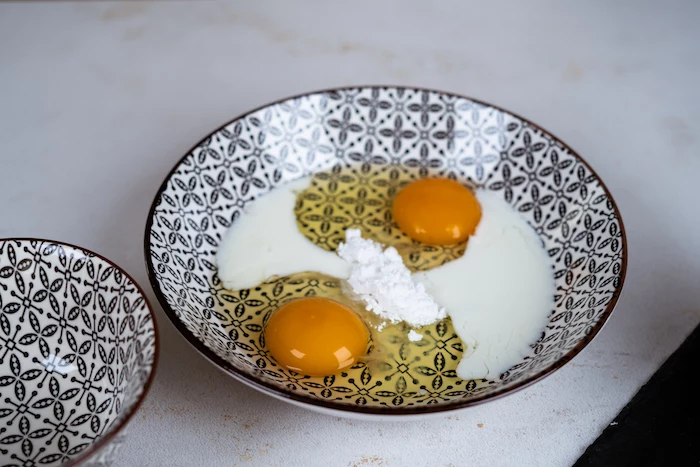
Section 2: Mastering the Classics (Perfect Eggs, Every Time)
Eggs are a keto staple, but that doesn’t mean they have to be boring or rubbery. The enemy is always high heat. Patience is the secret ingredient.
Technique: The Low-and-Slow Scramble
A classic technique I picked up from some old-school pros produces a creamy, custard-like scramble without any cream. It’s all about gentle heat.
- Total Time: 5 minutes
- Approx. Macros: 3g Net Carbs, 28g Fat, 19g Protein
Crack 3 large eggs into a bowl and whisk them just enough to combine. Add a pinch of salt. Now, here’s the trick: put 1 tablespoon of butter in a cold non-stick skillet, then turn the burner on to low. Once the butter melts, pour in the eggs. Let them sit for 20-30 seconds, then use a rubber spatula to slowly push the eggs from the edge to the center. You’re folding, not scrambling. When they look about 80% done (still wet and soft), pull the pan off the heat. The residual heat will finish the job perfectly. The result is a world away from dry, crumbly eggs.
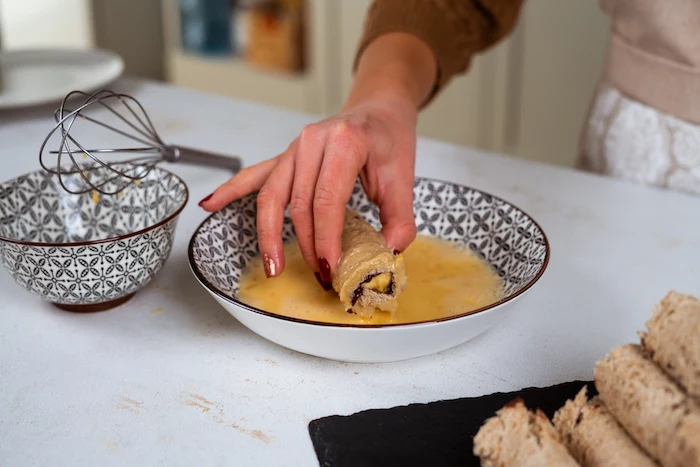
Recipe: Quick Pizza Eggs
This is a super fun way to get your fat and protein in, and it kills a pizza craving instantly.
- Total Time: 10 minutes
- Approx. Macros: 5g Net Carbs, 35g Fat, 25g Protein
Melt a tablespoon of butter in a small non-stick skillet over medium-low heat and crack in 2 large eggs, sunny-side-up style. Let the whites start to set. Gently spoon 2 tablespoons of no-sugar-added pizza sauce over the yolks and whites. Sprinkle with 2 tablespoons of shredded mozzarella and a few slices of pepperoni. Pop a lid on the pan, turn the heat to low, and let it steam for 2-3 minutes until the cheese is melted and the yolks are still runny. Delicious.
Section 3: Make-Ahead Magic for Busy Weeks
Spending an hour on Sunday to prep breakfast can completely change your week. These are my go-to recipes for a stress-free morning.
Recipe: Keto Blueberry “Muffins” (Baked Egg Cups)
These are more like little baked custards than traditional muffins, but they are fantastic. A note on berries: they’re fine on keto in small amounts. Blueberries, raspberries, and strawberries are your best bet—just watch the portion size!
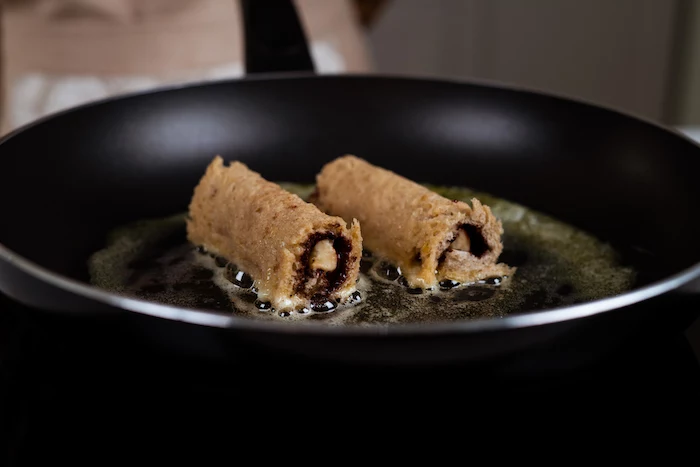
- Total Time: 35 minutes (10 min prep, 25 min bake)
- Approx. Macros (per muffin): 2g Net Carbs, 10g Fat, 5g Protein
Preheat your oven to 350°F (175°C) and grease a muffin tin well. In a large bowl, whisk 6 large eggs, ½ cup of full-fat canned coconut milk, ¼ cup of melted coconut oil, ¼ cup of powdered erythritol, and 1 tsp of vanilla. In a separate bowl, mix ½ cup of coconut flour, 1½ tsp of baking powder, and ½ tsp of cinnamon. Add the dry to the wet, mix, and let the batter rest for 5 minutes (remember the hockey puck story!). Gently fold in ½ cup of blueberries. Divide the batter into 12 muffin cups and bake for 20-25 minutes. Because they’re egg-based, you have to store these in an airtight container in the fridge for up to 5 days.
Recipe: Keto “Cinnamon Toast Crunch” Cereal
Sometimes you just want a crunchy bowl of cereal. This recipe is a bit of a project, but it makes a big batch that lasts for weeks.
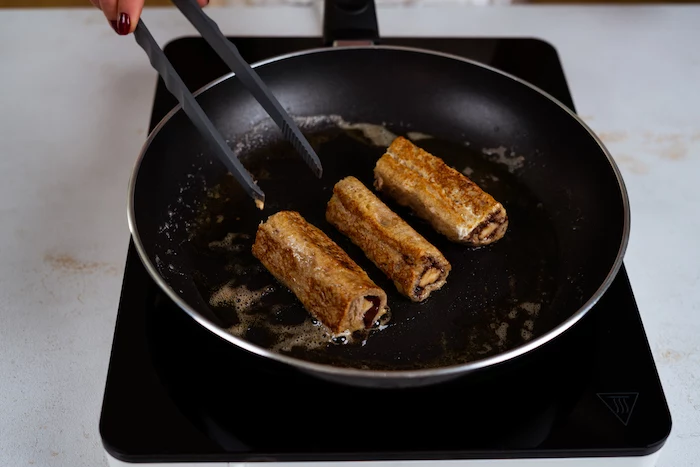
- Total Time: 1 hour 30 minutes (15 min prep, 1 hr chill, 15 min bake)
- Approx. Macros (per ½ cup serving): 4g Net Carbs, 20g Fat, 8g Protein
You’ll need to make a dough with 1½ cups of fine almond flour, ⅓ cup of granular erythritol, cinnamon, a pinch of salt, and 1 tsp of xanthan gum (this is key for texture!). Mix that with one beaten egg and ¼ cup of softened butter. The dough will be soft, so you MUST wrap it and chill it in the fridge for at least an hour. Once chilled, roll it super thin between two sheets of parchment paper, cut it into tiny squares with a pizza cutter, and bake at 325°F (165°C) for 10-15 minutes until golden. While they’re still warm, brush them with melted butter and sprinkle with a cinnamon-sweetener mix. Let them cool completely on the pan to get crispy. Store in an airtight container at room temperature and serve with unsweetened almond milk.
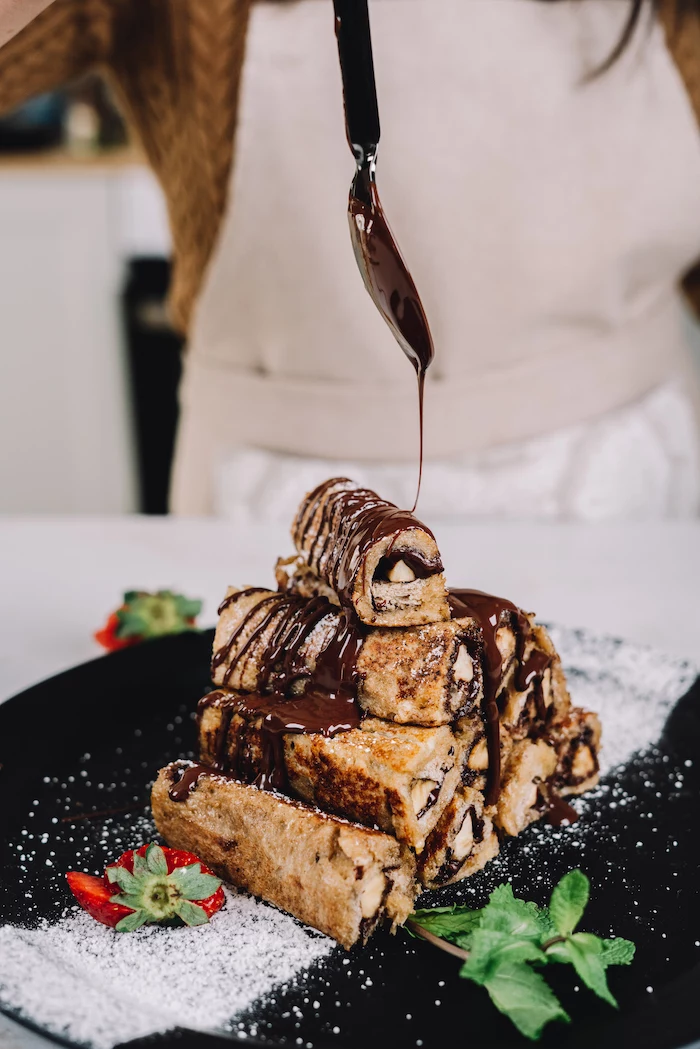
Section 4: Weekend Winners (Worth the Extra Effort)
Weekends are for something a little special. These recipes feel indulgent but are perfectly keto-friendly.
Recipe: Truly Fluffy Keto Pancakes
The secret to light, fluffy keto pancakes is separating the eggs and whipping the whites. It’s an extra step, but it’s so worth it.
- Total Time: 20 minutes
- Approx. Macros (per 2 pancakes): 5g Net Carbs, 38g Fat, 16g Protein
Whisk together 1¼ cups of fine almond flour, 3 tbsp of granular sweetener, 2 tsp of baking powder, and a pinch of salt. In another bowl, mix 4 egg yolks, ¼ cup of unsweetened almond milk, ¼ cup of melted butter, and 1 tsp of vanilla. Combine the wet and dry. Now for the magic: in a clean bowl, beat 4 egg whites with an electric mixer until stiff peaks form. Gently fold the whites into the batter in two batches—don’t overmix! Cook small, ¼-cup pancakes on a greased, medium-low griddle for 2-3 minutes per side. They’re more delicate than regular pancakes, so flip with care. Serve hot with butter and your favorite keto syrup.
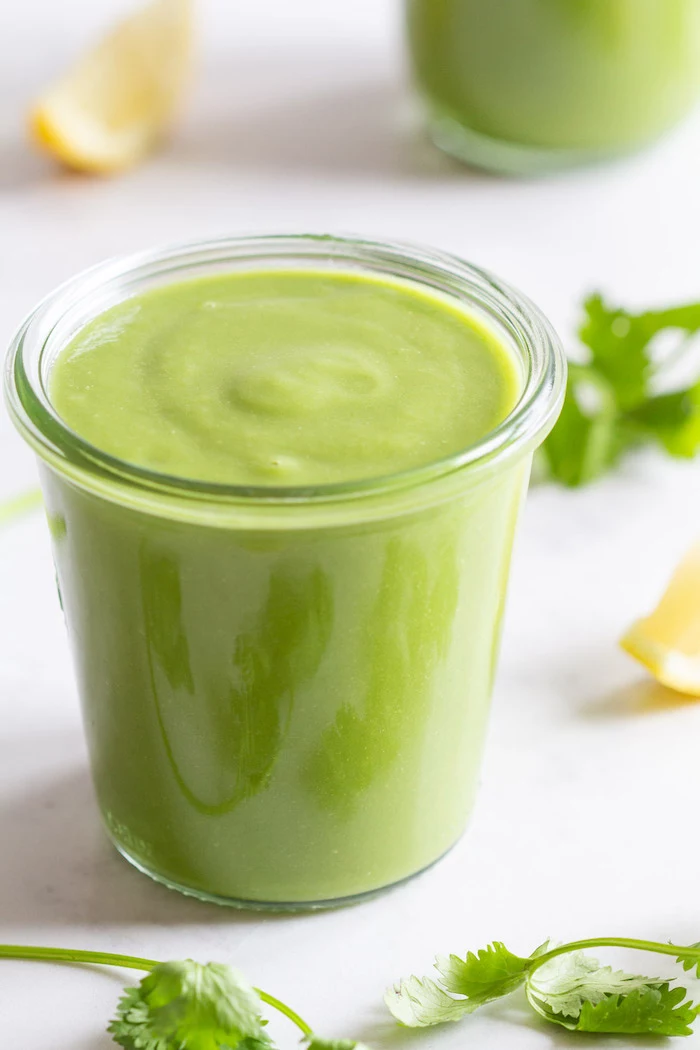
Recipe: The Ultimate Cauliflower Hash Brown Bowl
This is a fantastic savory meal that hits all your macros and replaces starchy potatoes with cauliflower.
- Total Time: 25 minutes
- Approx. Macros: 10g Net Carbs, 45g Fat, 30g Protein
First, cook 4 slices of sugar-free bacon or 4 oz of breakfast sausage in a large skillet. Remove the meat, leaving the fat. If you’re using frozen riced cauliflower, make sure to thaw it and squeeze out ALL the water with a cheesecloth—this is vital for getting it crispy! Add 2 cups of the dried cauliflower rice to the hot fat, press it down, and let it cook without moving for 5-7 minutes to get a nice brown crust. Flip and cook for another 5 minutes. While that’s going, cook 2 eggs your favorite way in a separate pan. To assemble, put the cauliflower hash in a bowl, top with the cooked meat, a handful of spinach, your eggs, and half a sliced avocado.
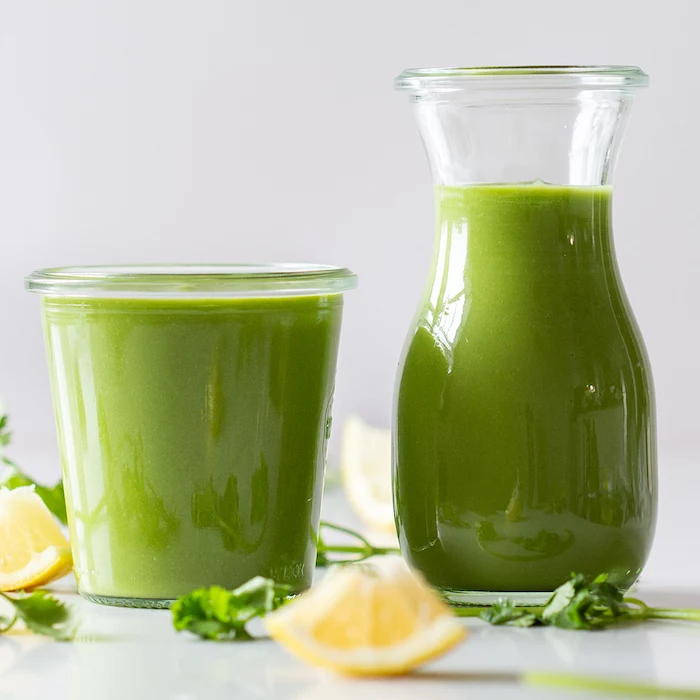
A Final Thought: Keep It Real
Okay, so that’s a lot of information, but don’t feel overwhelmed. Starting keto is a big change, so it’s always smart to check in with a doctor or registered dietitian before you dive in, especially if you have any health conditions.
And most importantly, listen to your body. Perfection isn’t the goal—sustainability is. If a recipe fails, who cares? Figure out what went wrong and try again. Cooking is a skill you build over time. Use these ideas as a starting point, and have fun making them your own.
Inspiration Gallery
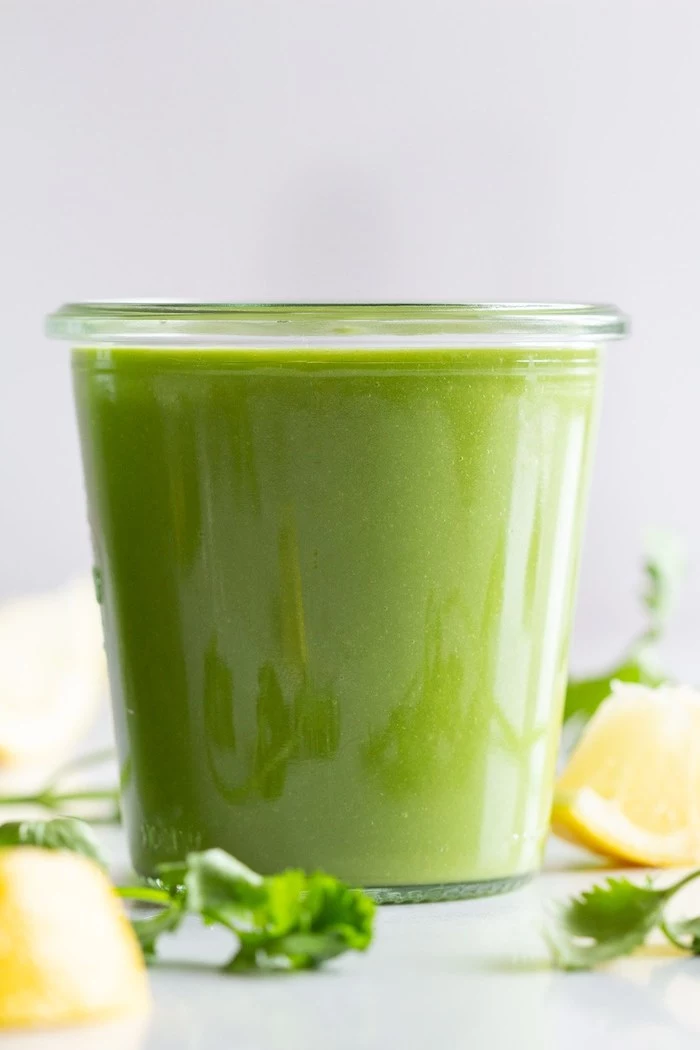

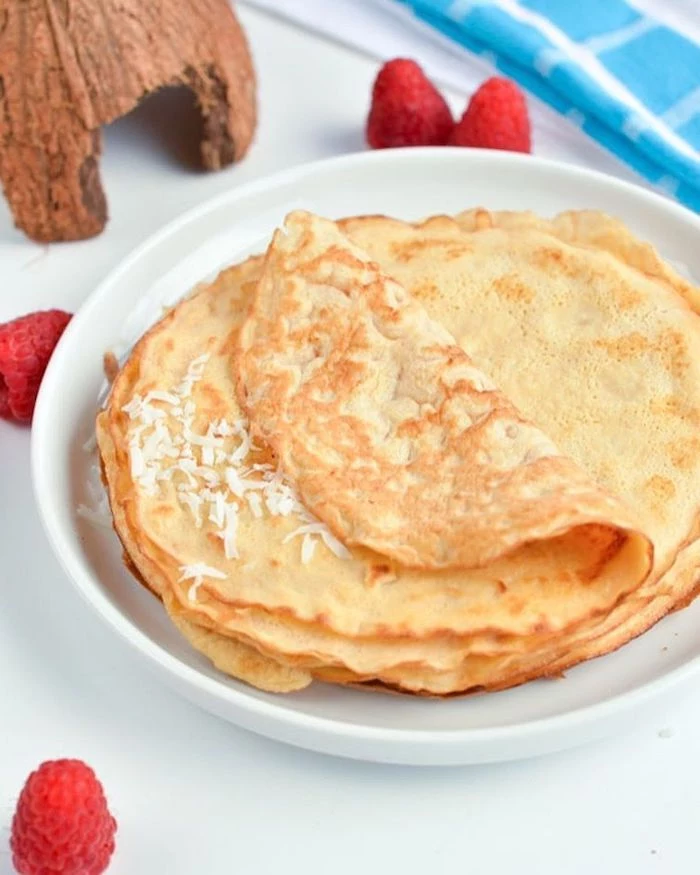

When it comes to sweeteners, not all are created equal. For a clean taste in your coffee or baked goods that doesn’t have a bitter aftertaste, look for monk fruit and erythritol blends. Brands like Lakanto have perfected this combination, offering a 1:1 sugar replacement that caramelizes beautifully for things like candied keto nuts or a syrup drizzle.
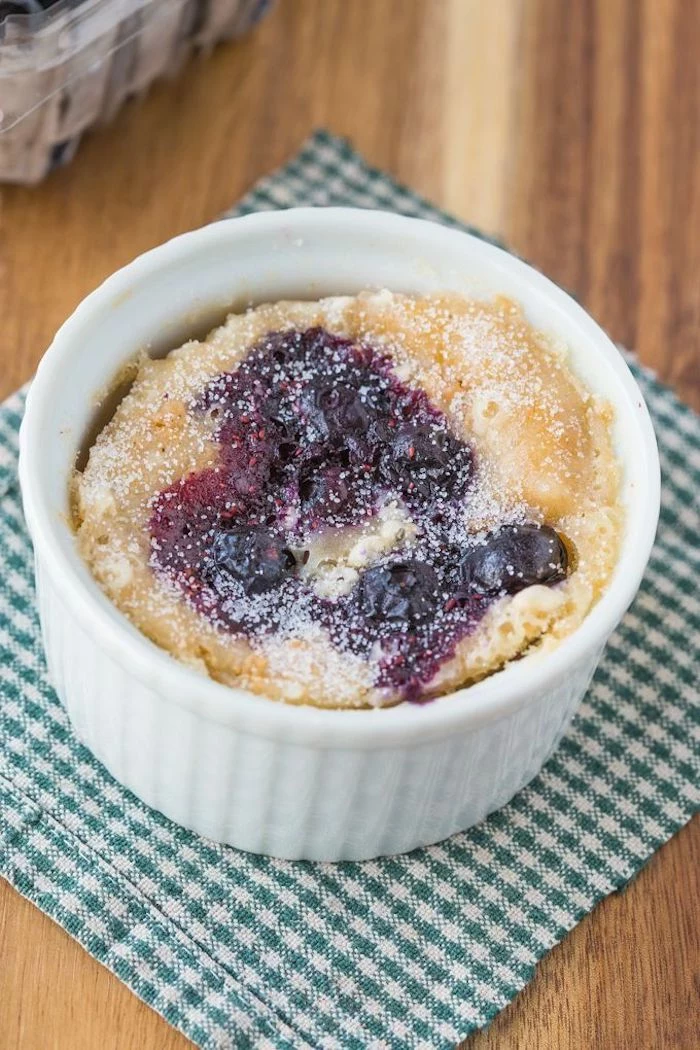
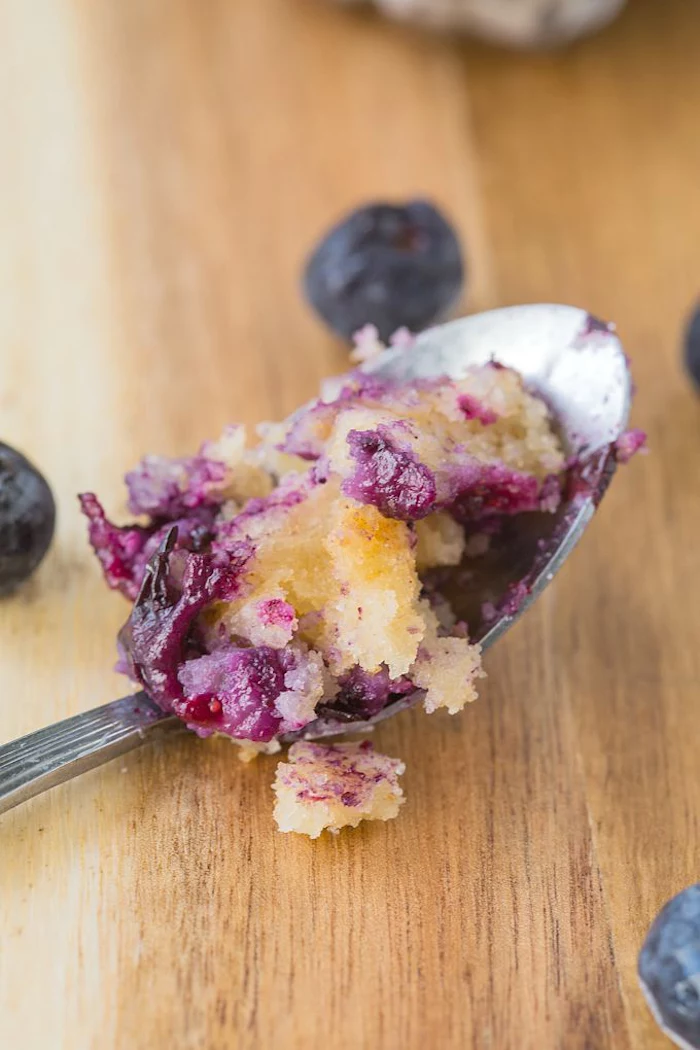
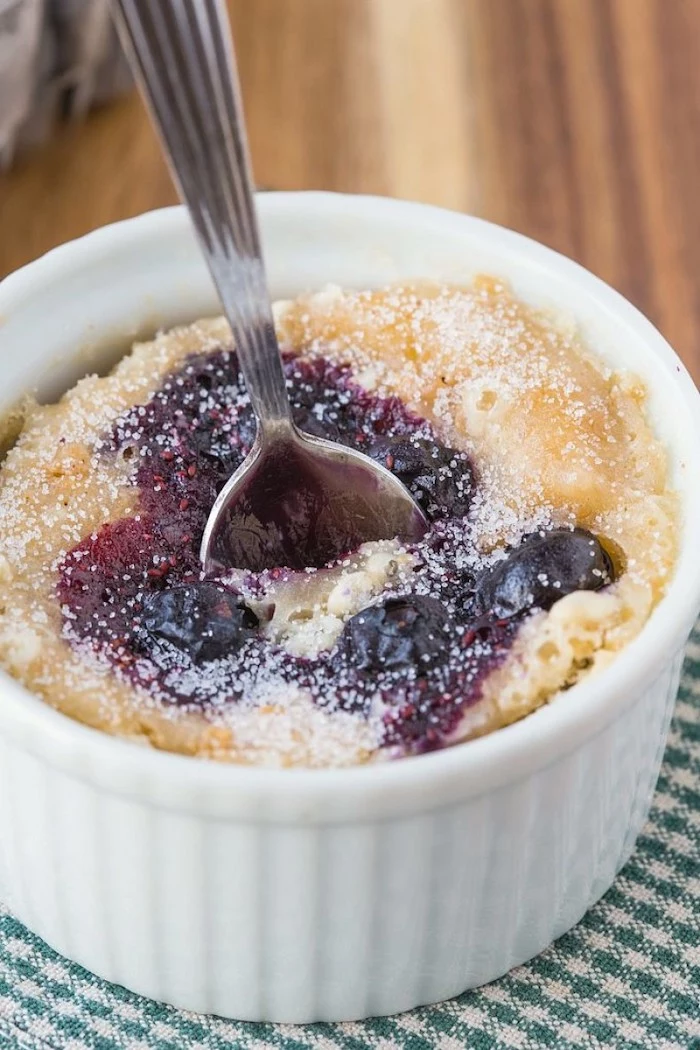
- Keep a small bowl of chia seeds ready.
- Have a bottle of high-quality, sugar-free vanilla extract on hand.
- Store a can of full-fat coconut milk in the fridge.
- Pre-grind your favorite coffee beans.
The result? A morning coffee station that lets you whip up a creamy, fiber-packed keto dalgona coffee or a quick vanilla latte in minutes, setting a luxurious tone for your day.
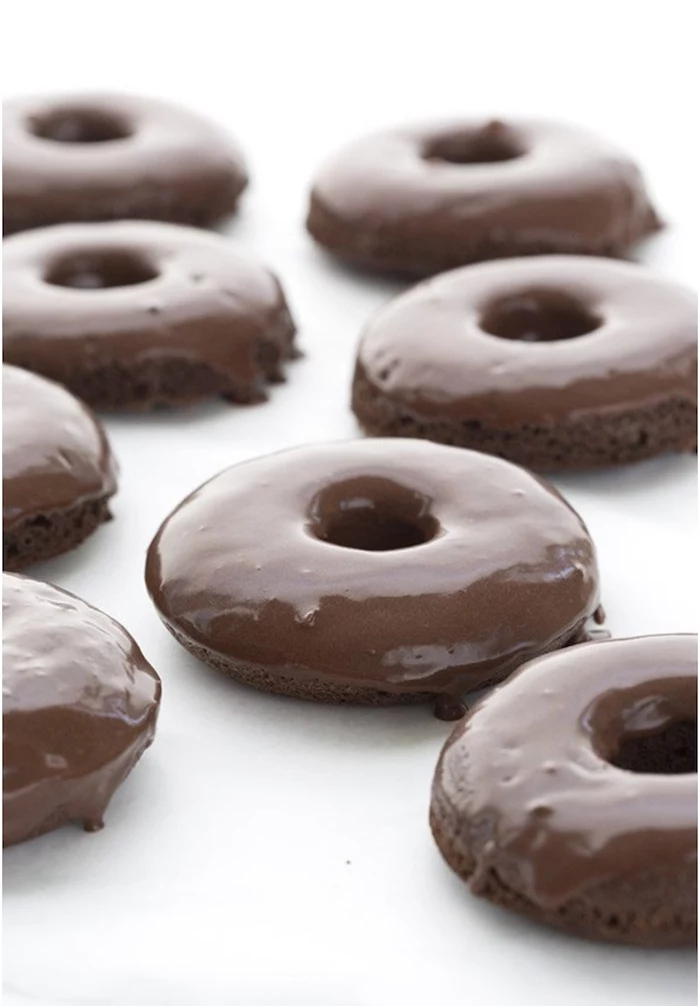
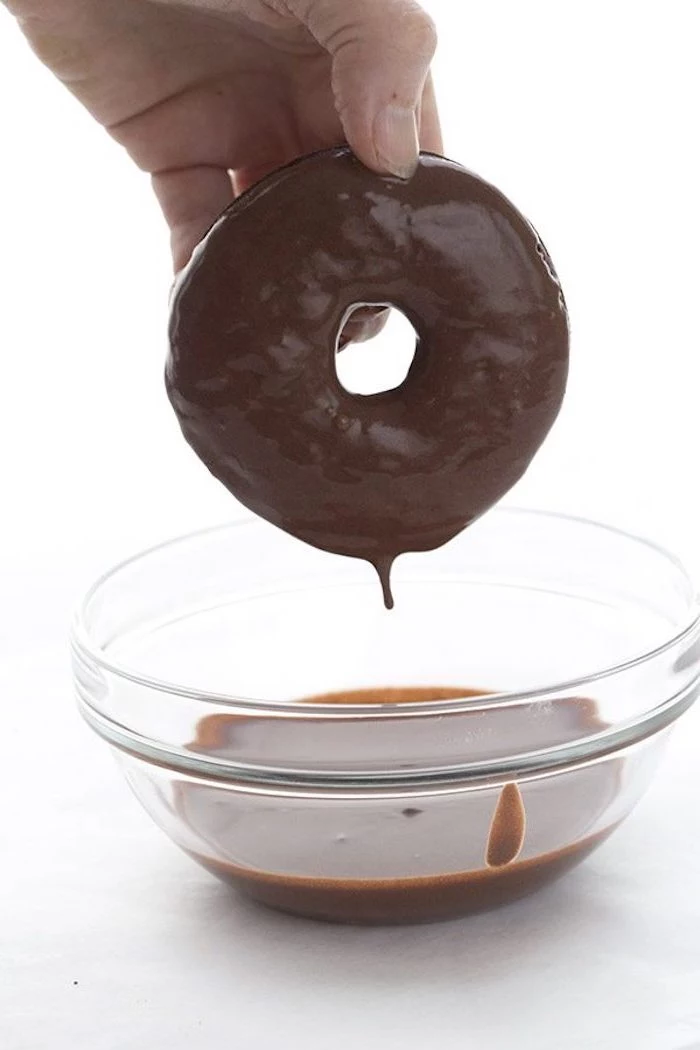
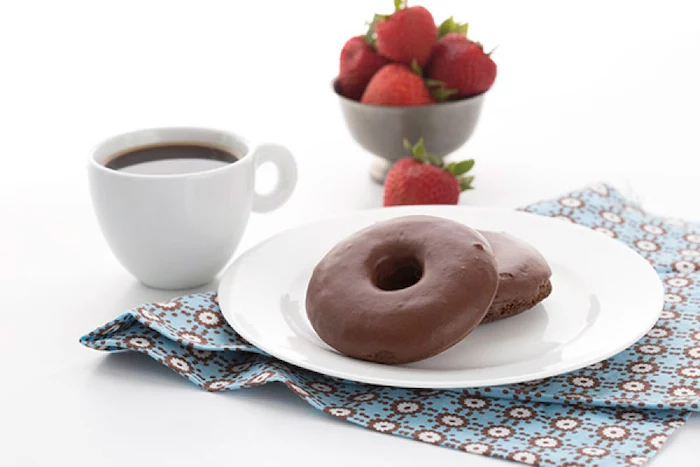
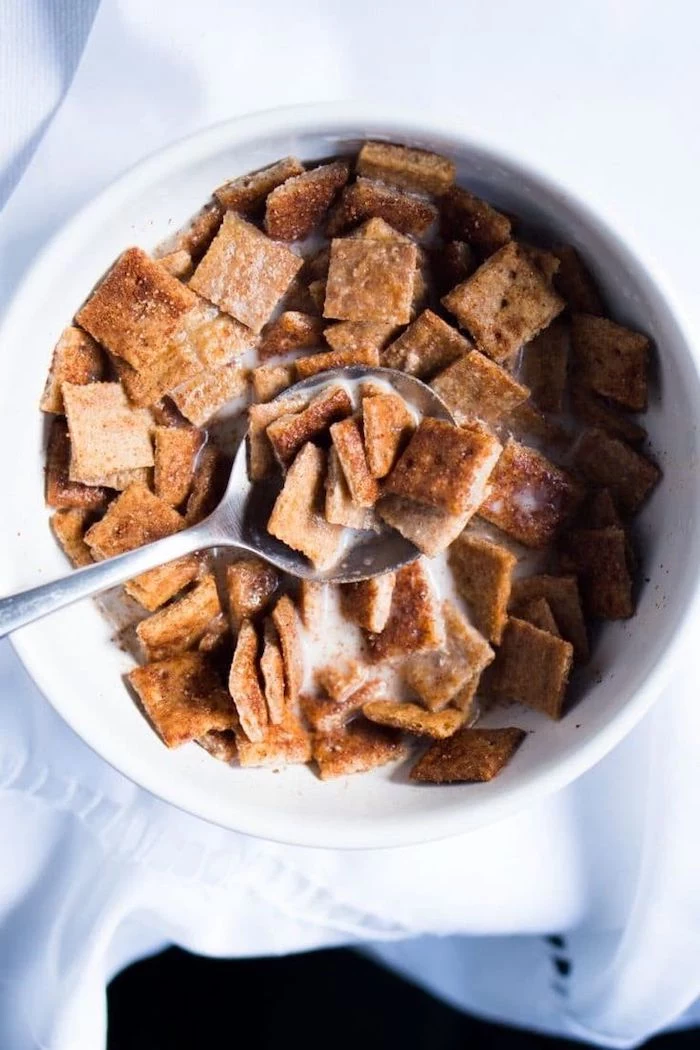
More than 65% of the world’s population has a reduced ability to digest lactose after infancy.
On keto, dairy can be a friend, but also a hidden foe. Heavy cream, cream cheese, and cheese are fantastic fat sources, but they can cause inflammation or stall weight loss for many. If you feel bloated or hit a plateau, try switching to coconut cream in your coffee or using ghee instead of butter for a week. The difference can be surprising.
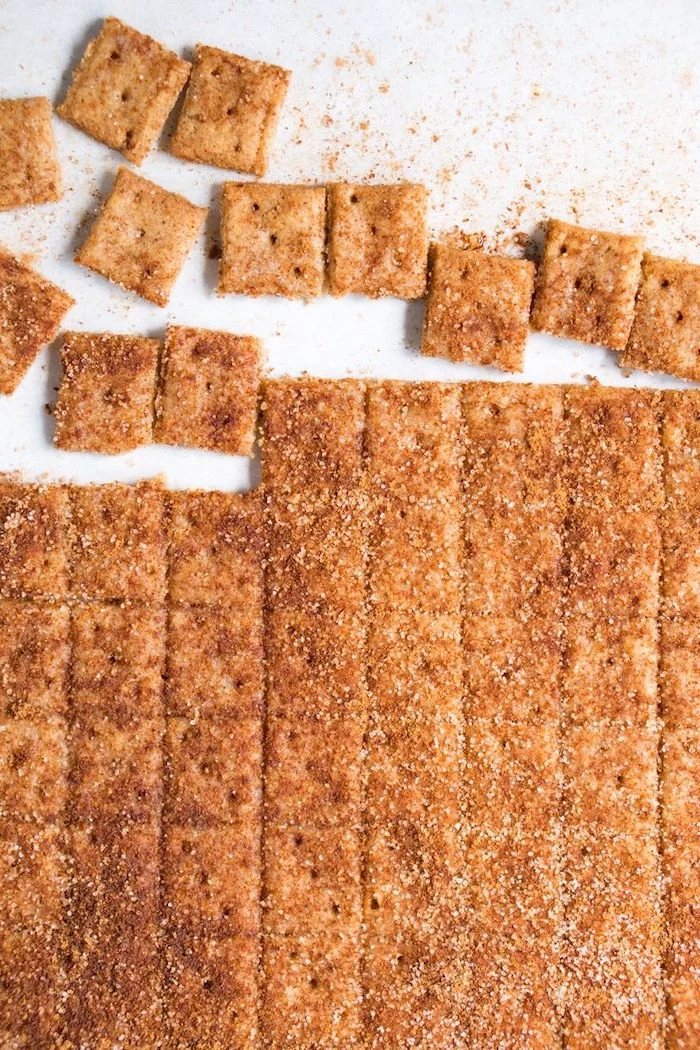
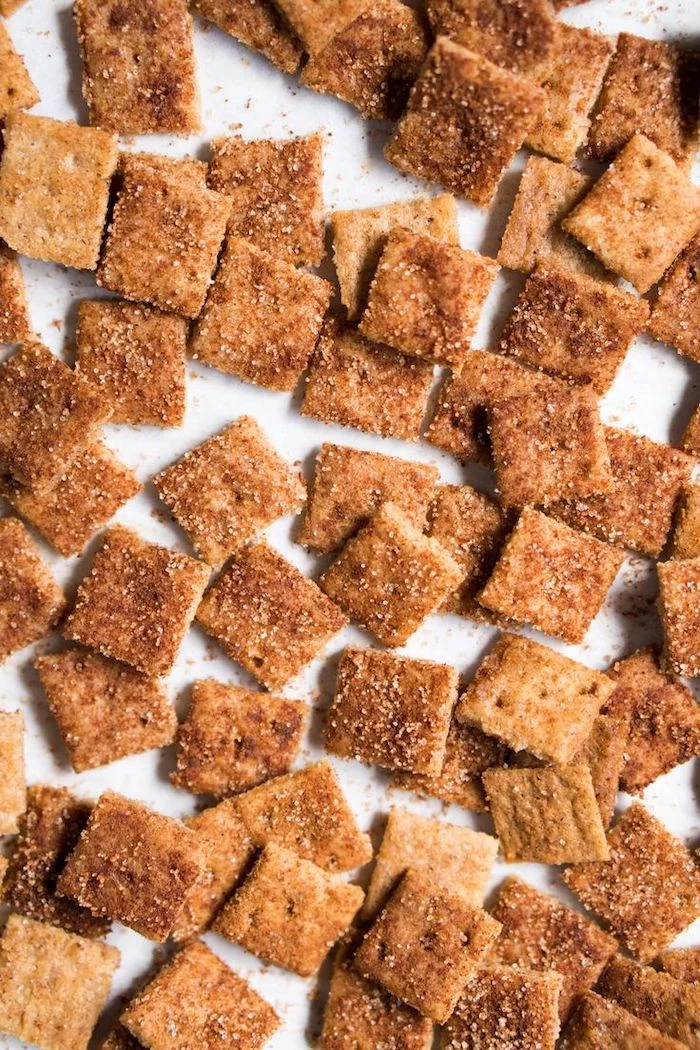
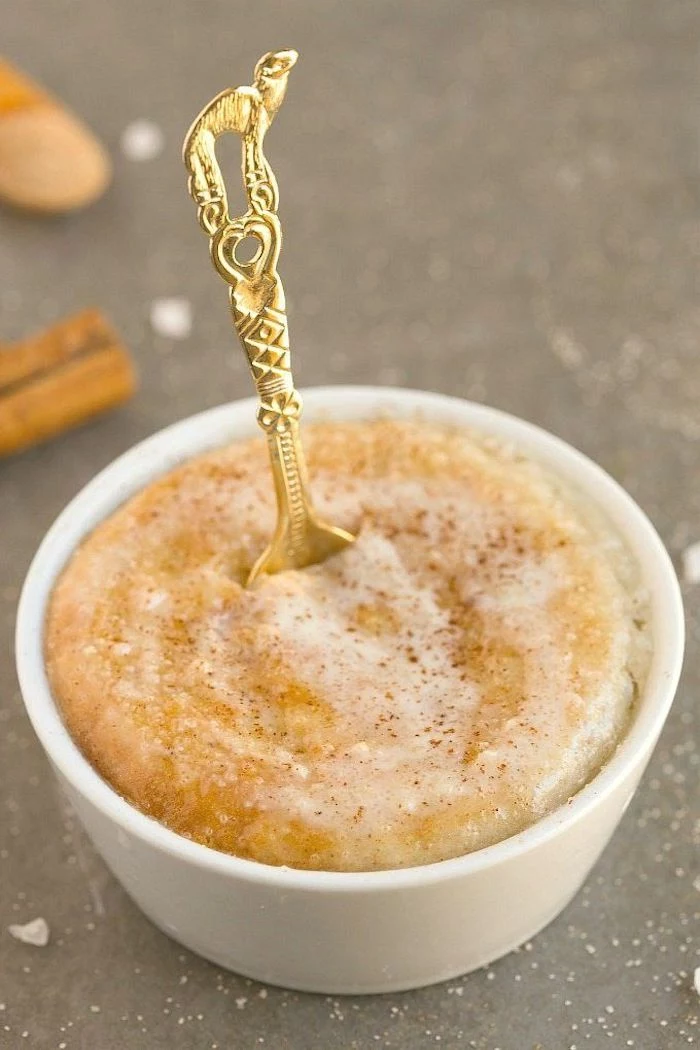
How do I make keto breakfast pancakes that aren’t dry and crumbly?
The secret ingredient is often cream cheese or full-fat Greek yogurt. Adding a couple of tablespoons to your batter (made with almond or coconut flour) provides moisture and a tangy flavor that balances the richness. It also helps bind the ingredients, preventing that dreaded fall-apart texture. Whisk it in with your eggs and liquid ingredients before combining with the dry.
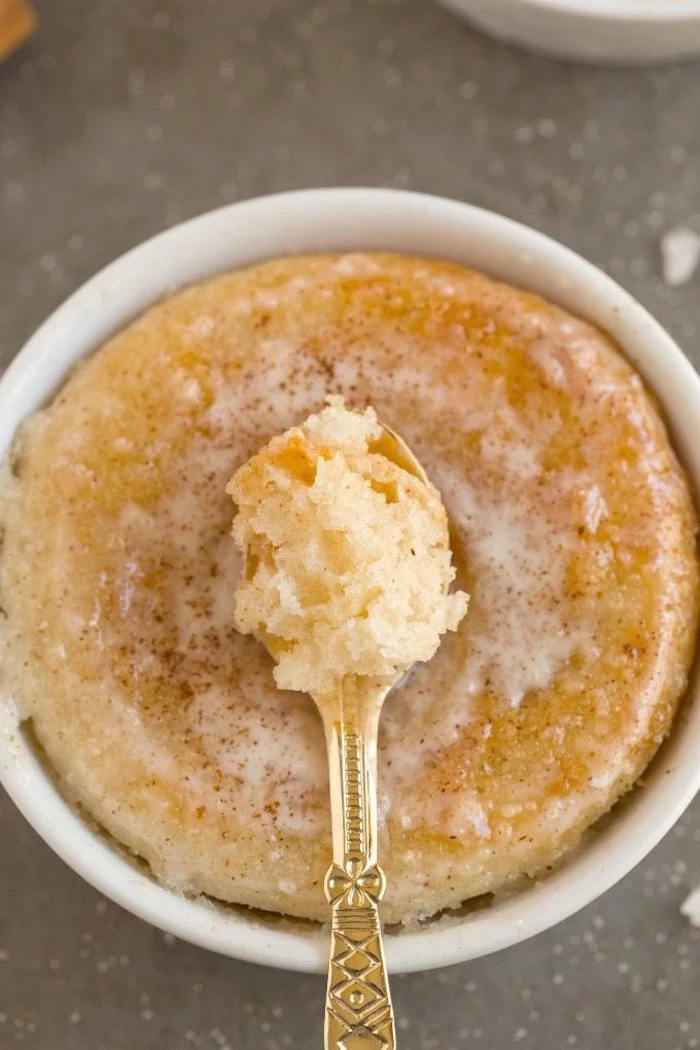

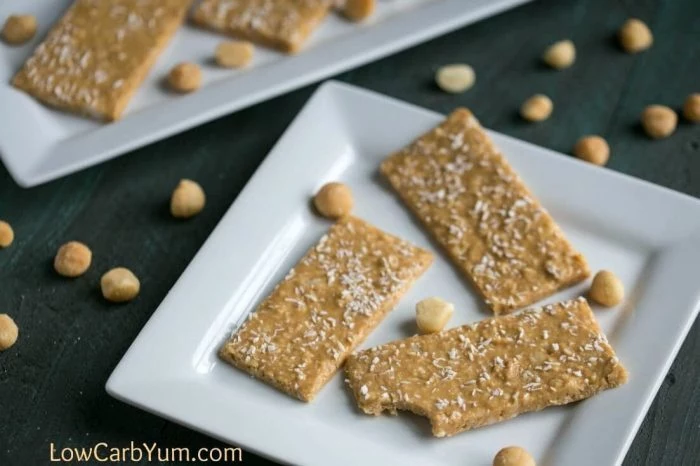
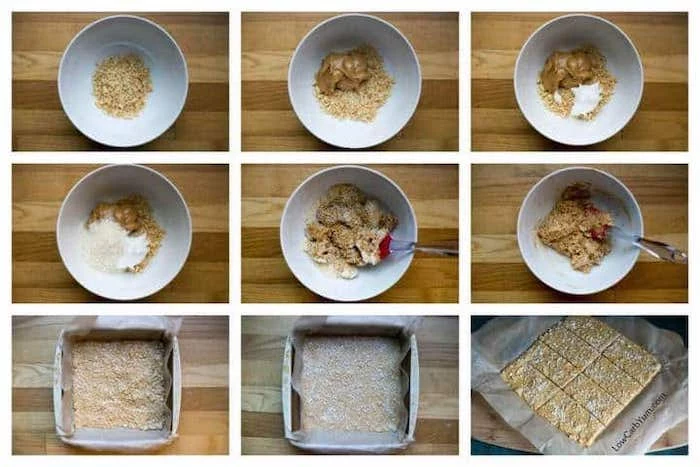
Important point: Your morning hydration is just as critical as your food. When you’re in ketosis, your body flushes out water and electrolytes. Start your day with a large glass of water containing a pinch of pink Himalayan salt and a squeeze of lemon. This simple habit replenishes sodium and minerals, helping you bypass the grogginess often mistaken for the “keto flu.”
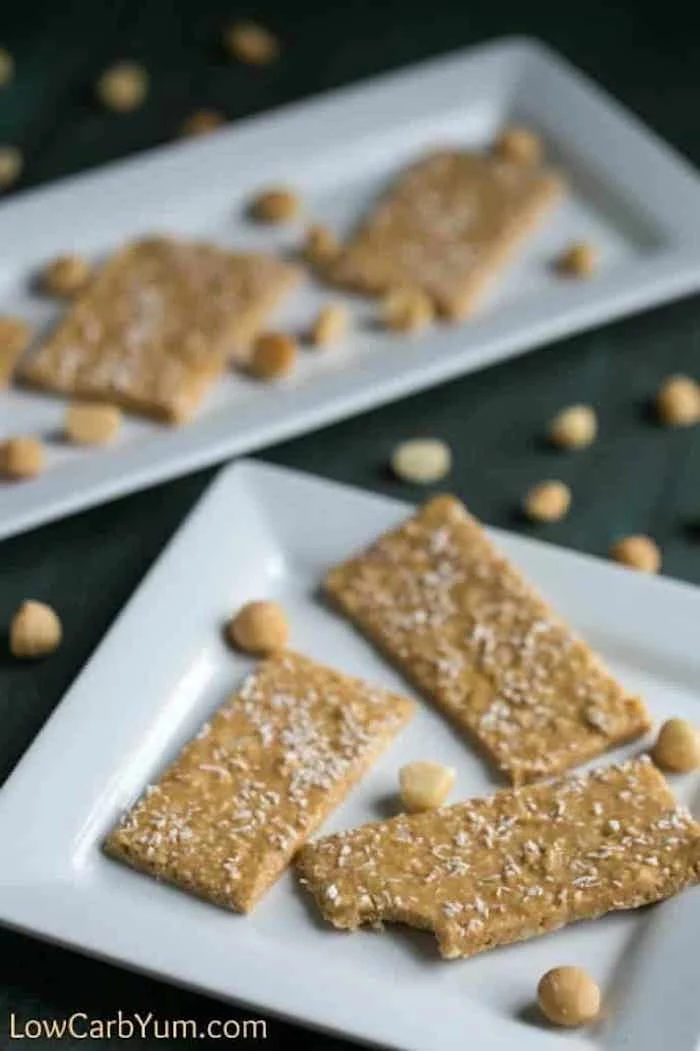
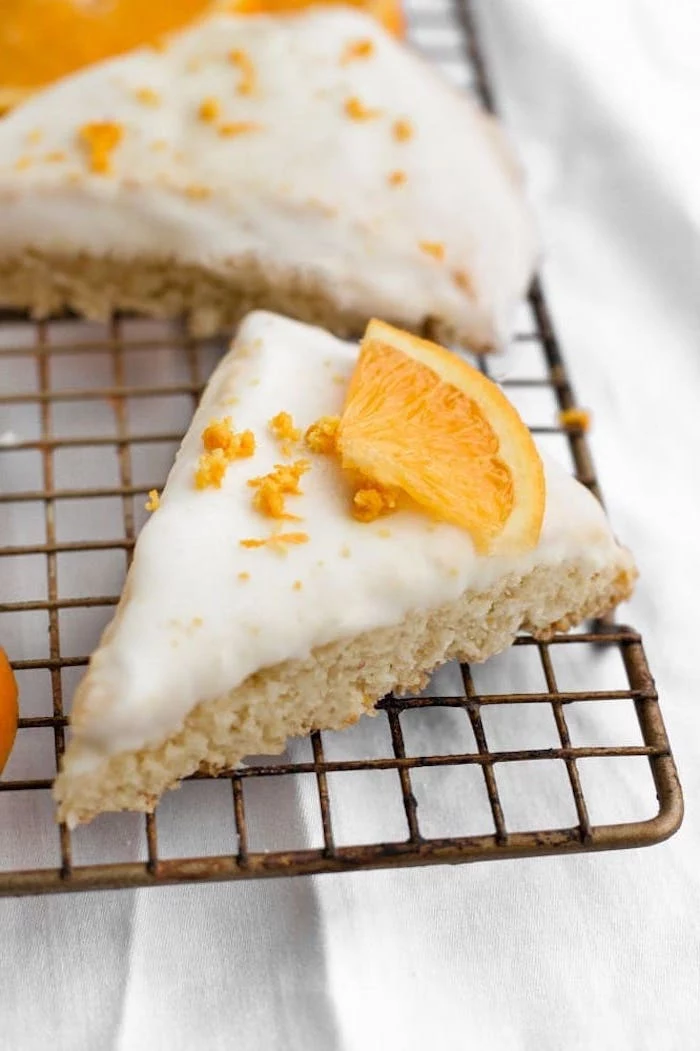
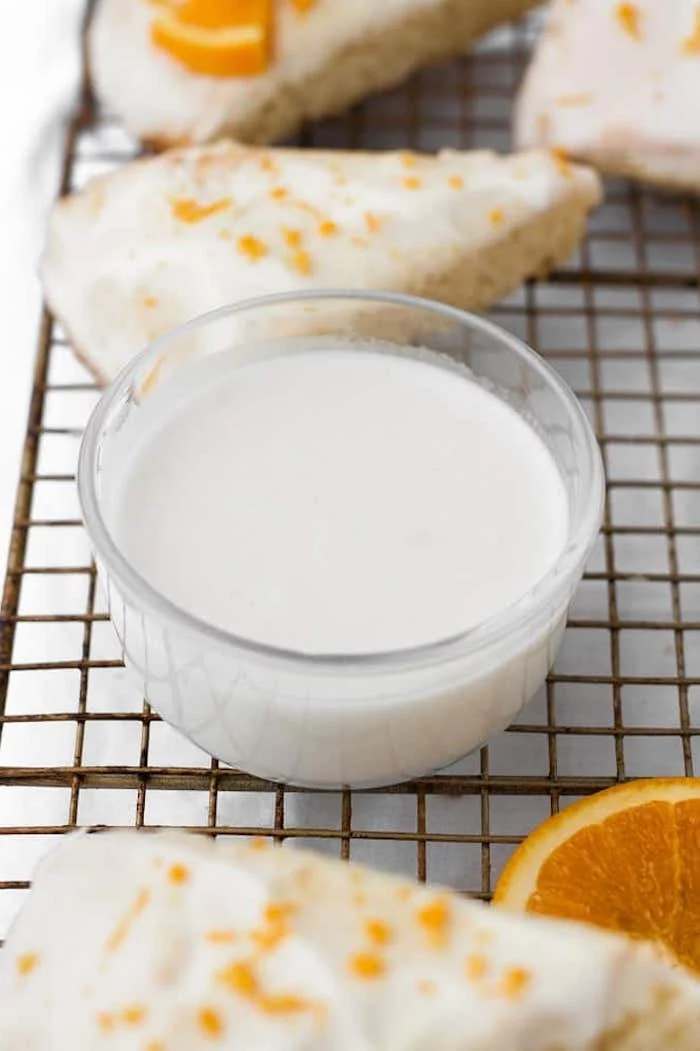
Almond Flour: Made from blanched, ground almonds, it’s the go-to for a texture similar to traditional wheat flour. It’s fantastic for pancakes and muffins but is higher in calories. Great for a rich, satisfying crumb.
Coconut Flour: Highly absorbent and rich in fiber, you use much less of it. It creates a lighter, softer texture but can be tricky, often requiring extra eggs or liquid to avoid dryness. Perfect for lighter crepes.
For foolproof results, many pro recipes use a blend of both to get the best of both worlds.
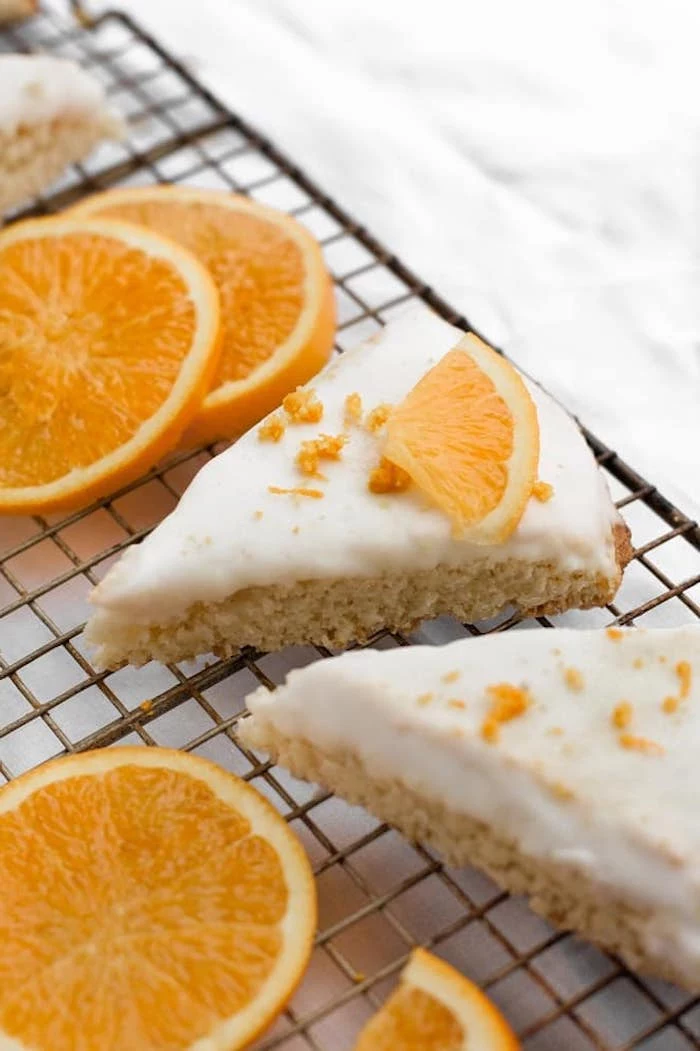
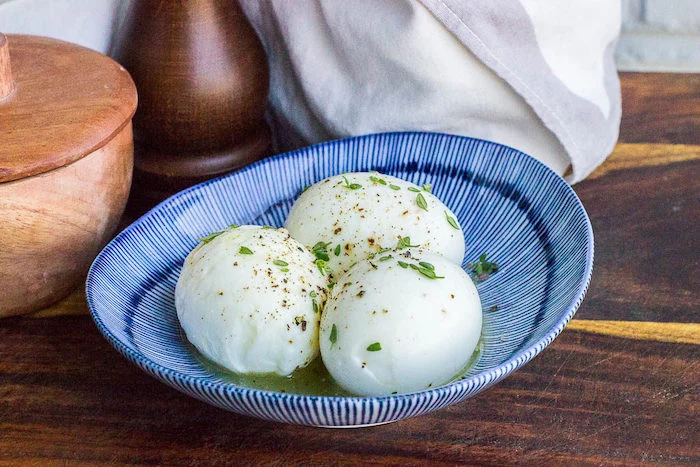
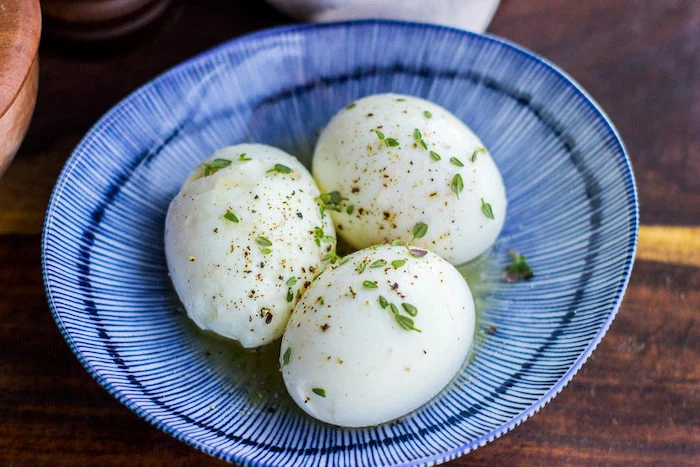
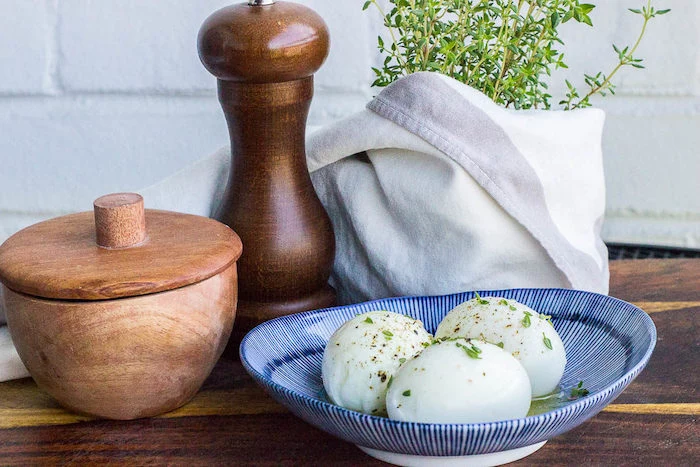
According to a 2021 market report, the global ketogenic diet market is projected to reach $15.6 billion by 2027.
What does this mean for your breakfast? A huge increase in convenience. You can now find high-quality, keto-certified granolas, pancake mixes from brands like Birch Benders, and even ready-to-drink MCT-infused coffees. While home-cooking is key, don’t be afraid to leverage these innovations for busy mornings.
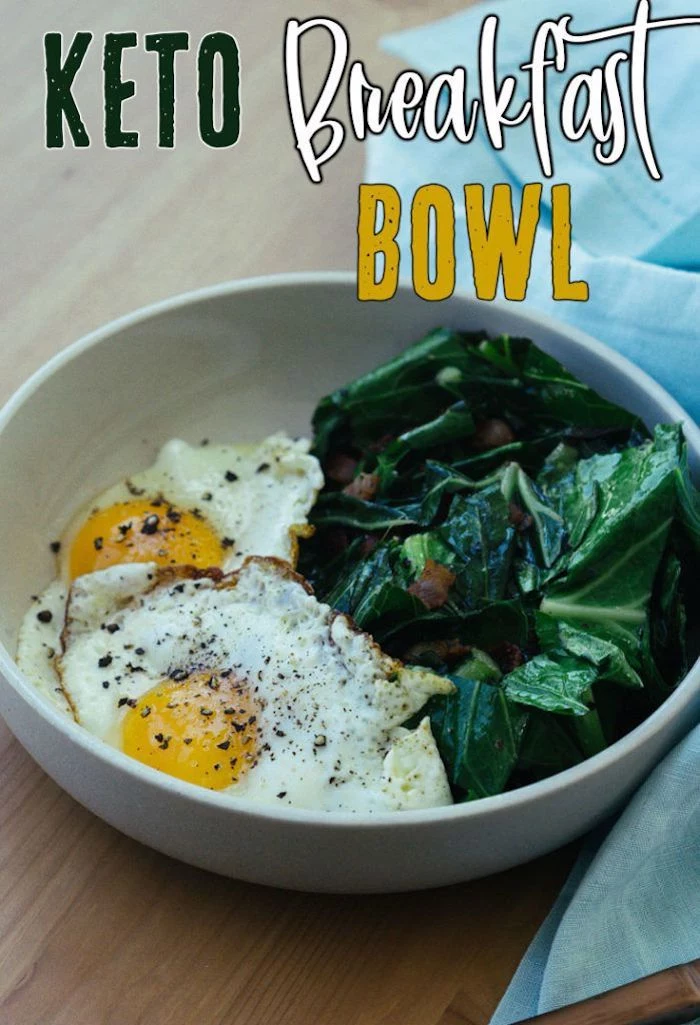
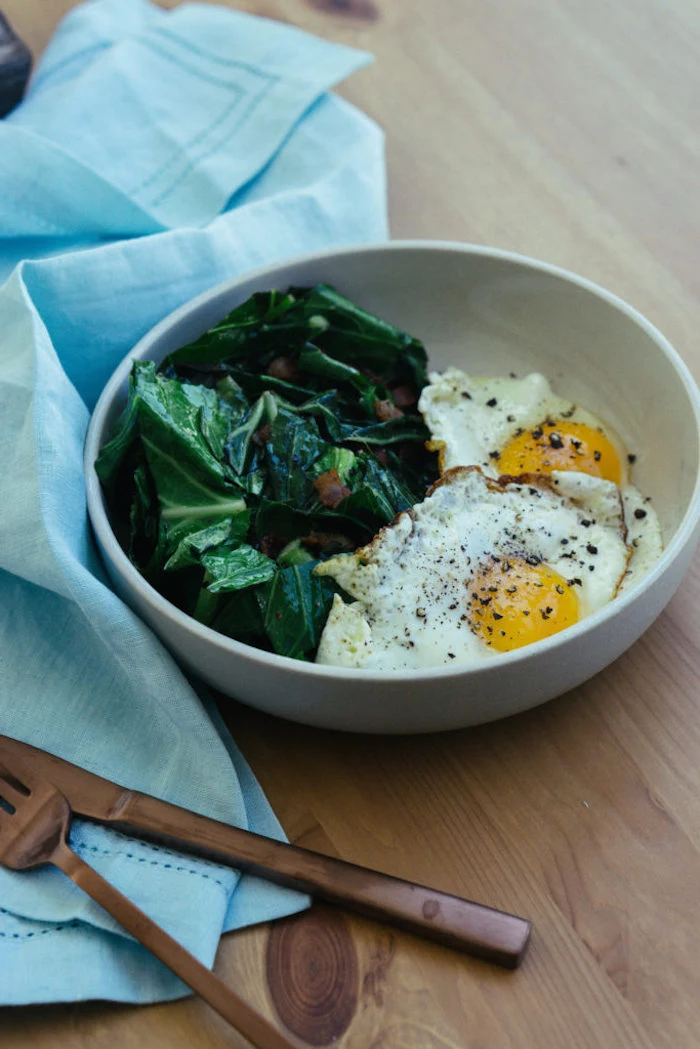
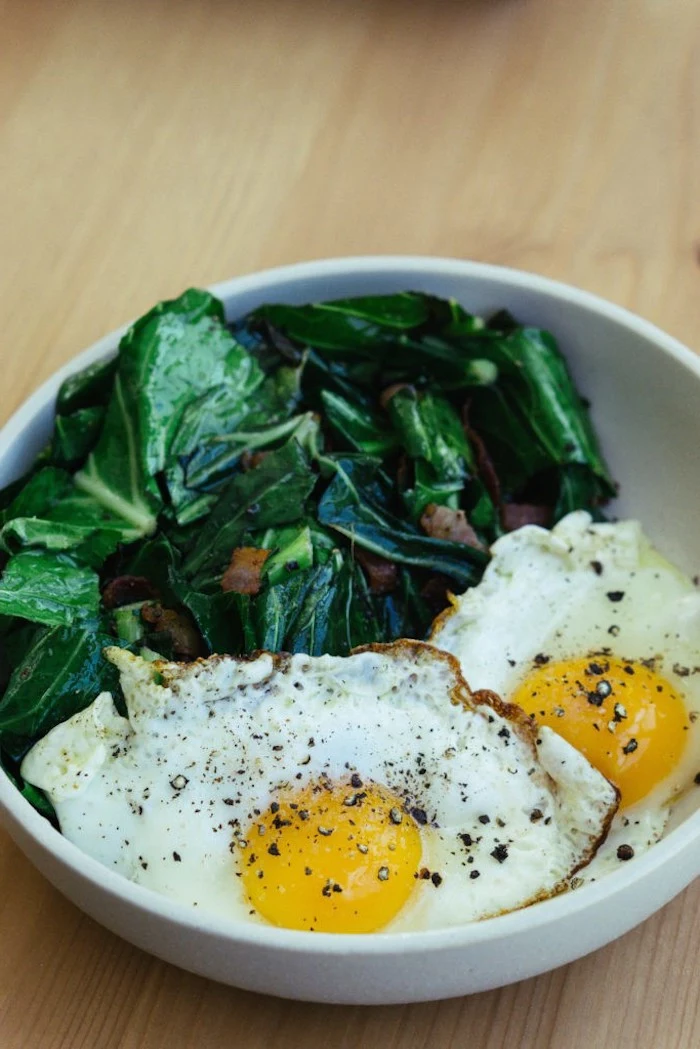
Think beyond American-style breakfast. A savory, warming bowl of Shakshuka is naturally keto-friendly and incredibly satisfying. Simply sauté bell peppers and onions in olive oil, add a can of crushed tomatoes with spices like cumin and paprika, and let it simmer. Make wells in the sauce and crack eggs directly in, letting them poach to perfection. Top with feta and fresh parsley for a breakfast that feels like a feast.
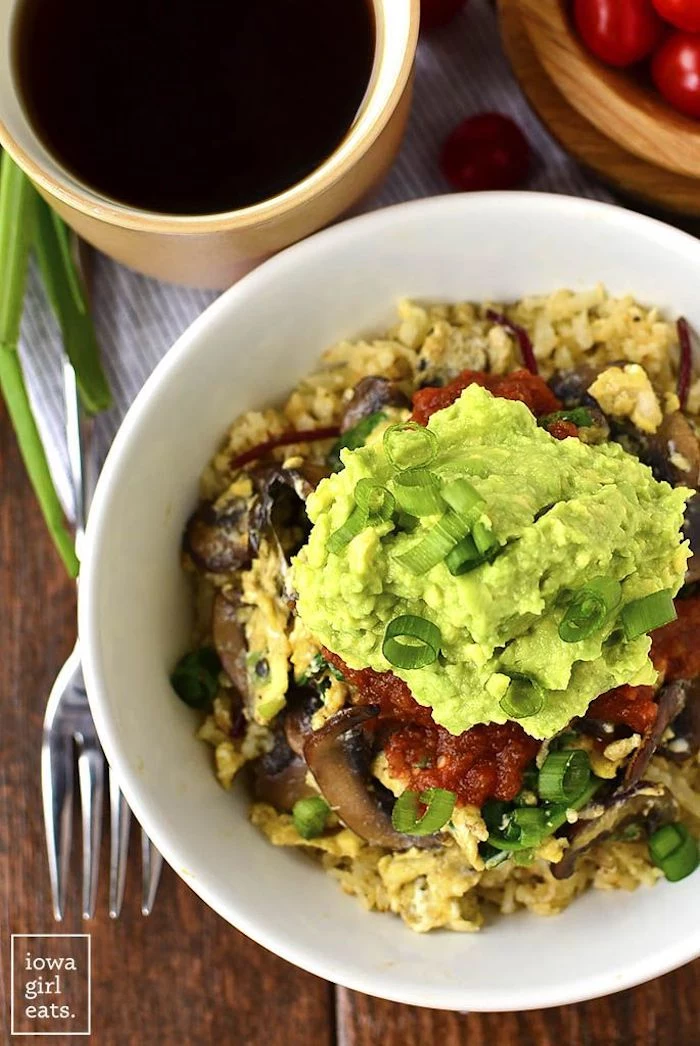
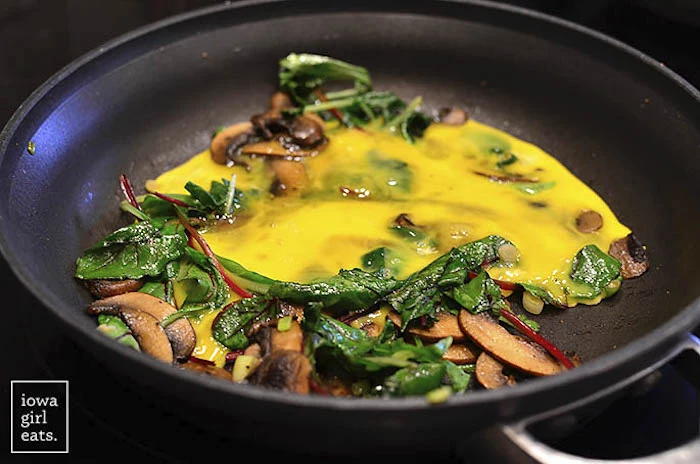
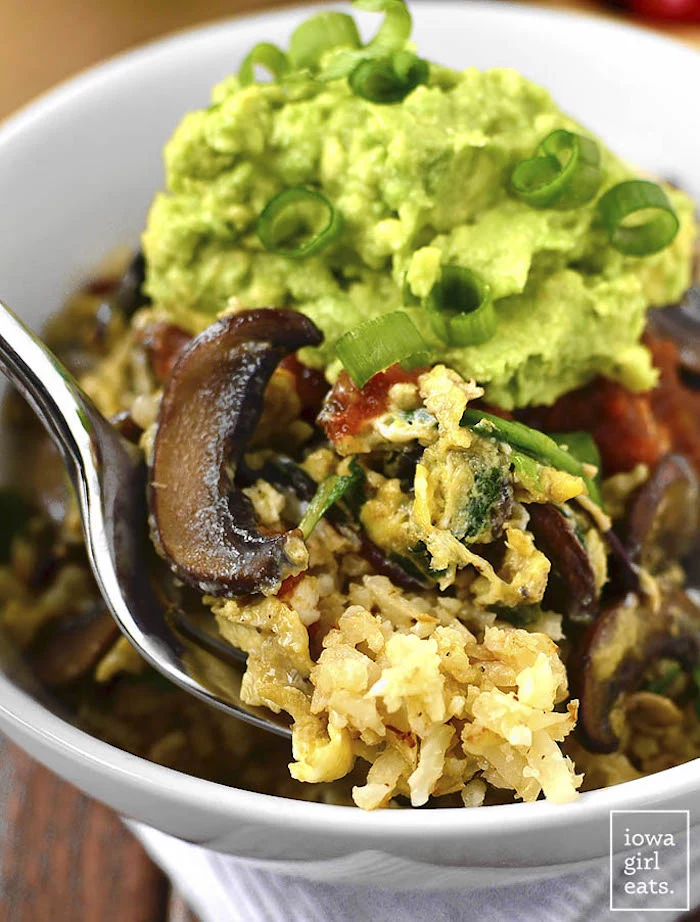
- Get fluffy, cloud-like eggs every time.
- A richer, more satisfying flavor profile.
- Keeps you feeling full longer than eggs alone.
The secret? Add a tablespoon of full-fat cream cheese or mascarpone per two eggs before scrambling. Whisk vigorously for a custard-like texture that needs no milk at all.
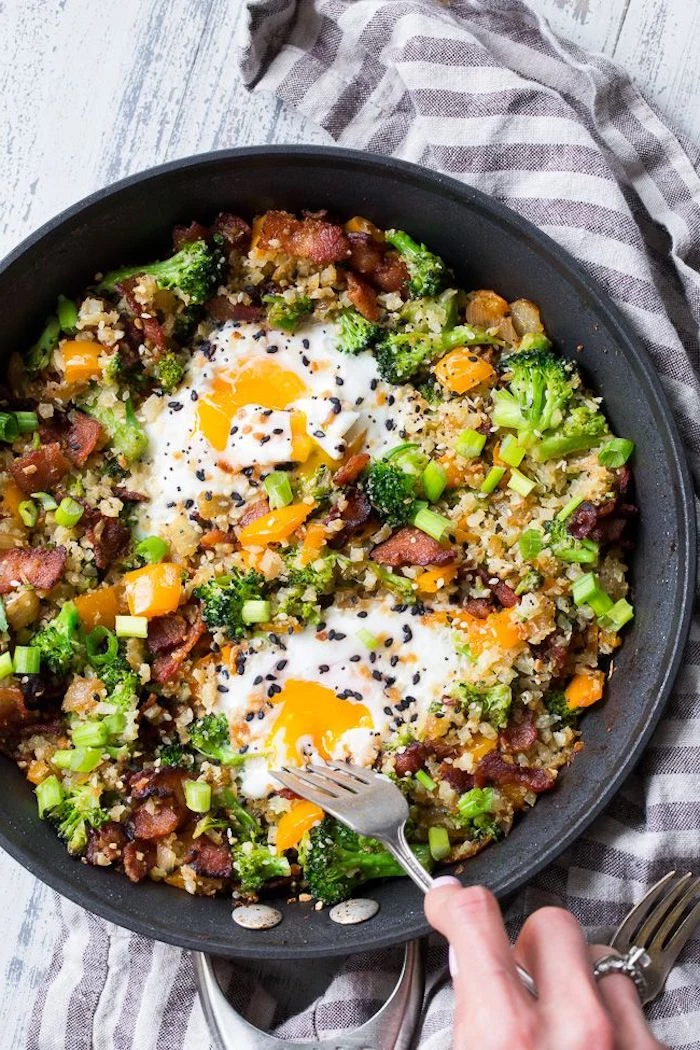
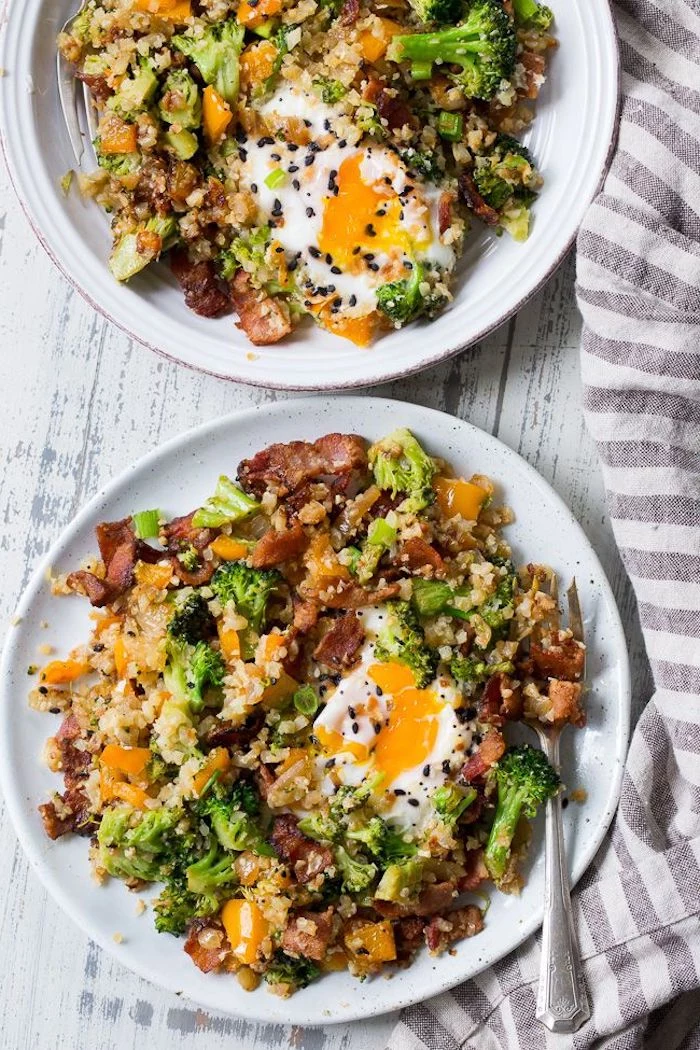
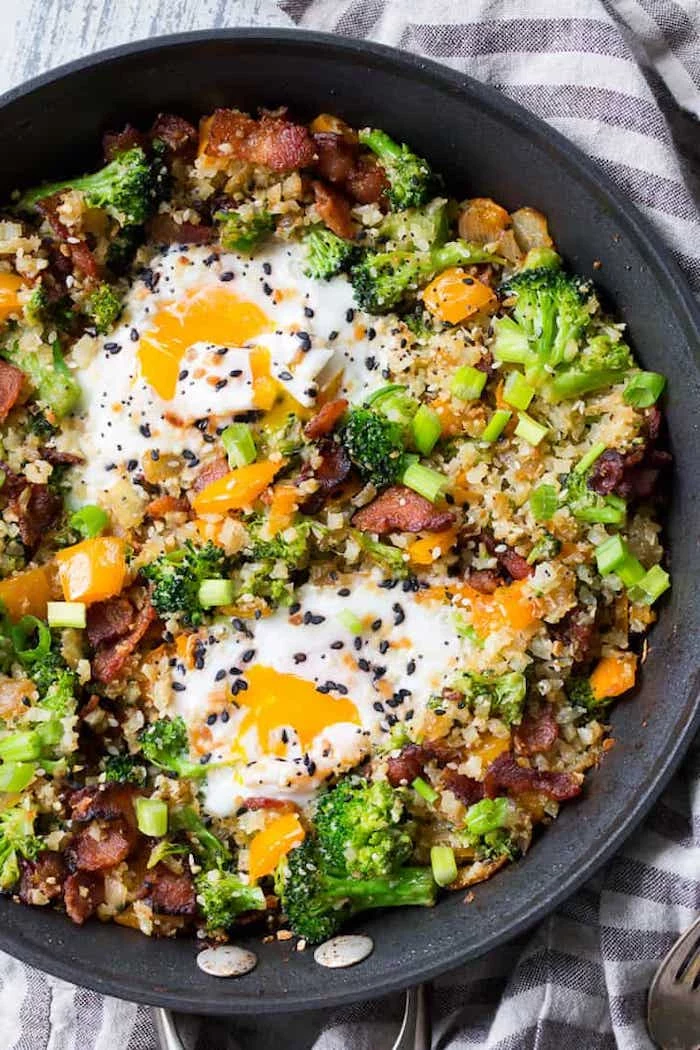
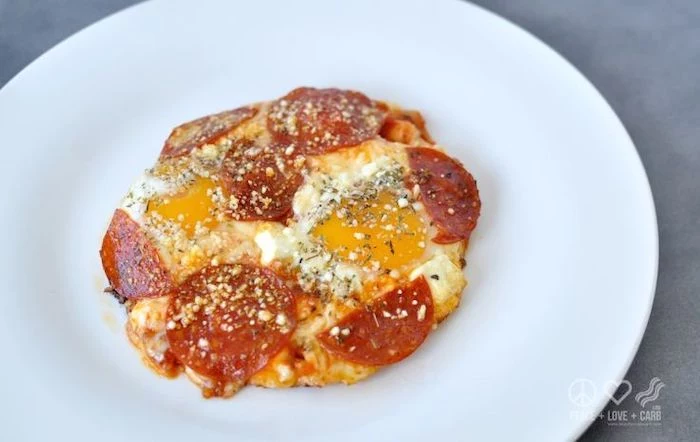
Meal prepping doesn’t have to be a huge Sunday project. For breakfast, focus on components. You can:
- Cook a batch of bacon or sausage patties to reheat quickly.
- Pre-portion smoothie packs with spinach, avocado, and keto-friendly berries in freezer bags.
- Hard-boil a dozen eggs for a grab-and-go protein source.
- Make a batch of chia seed pudding to last 3-4 days.
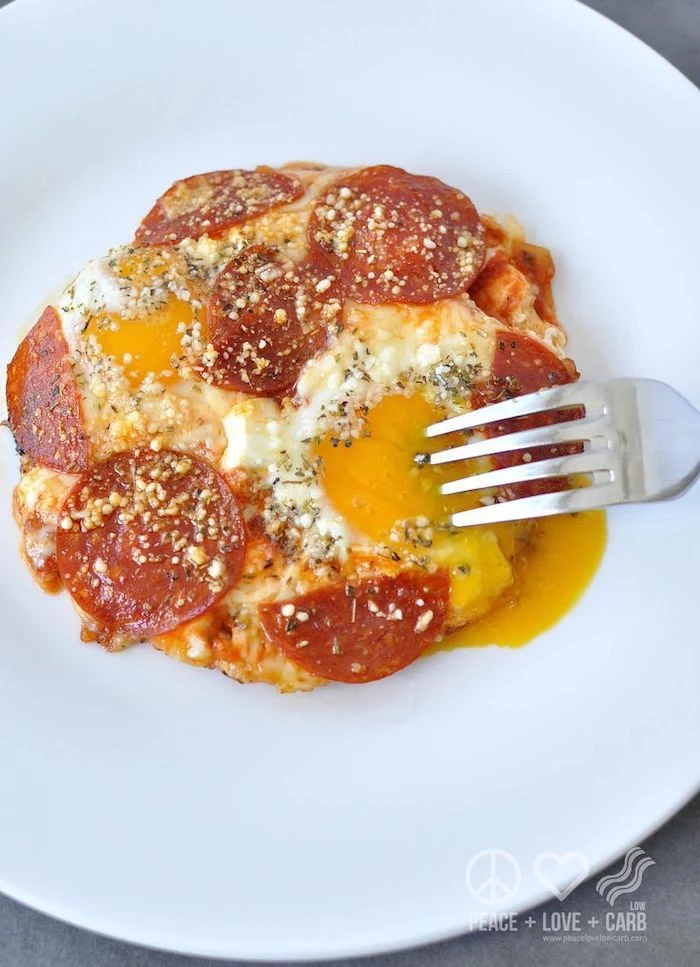
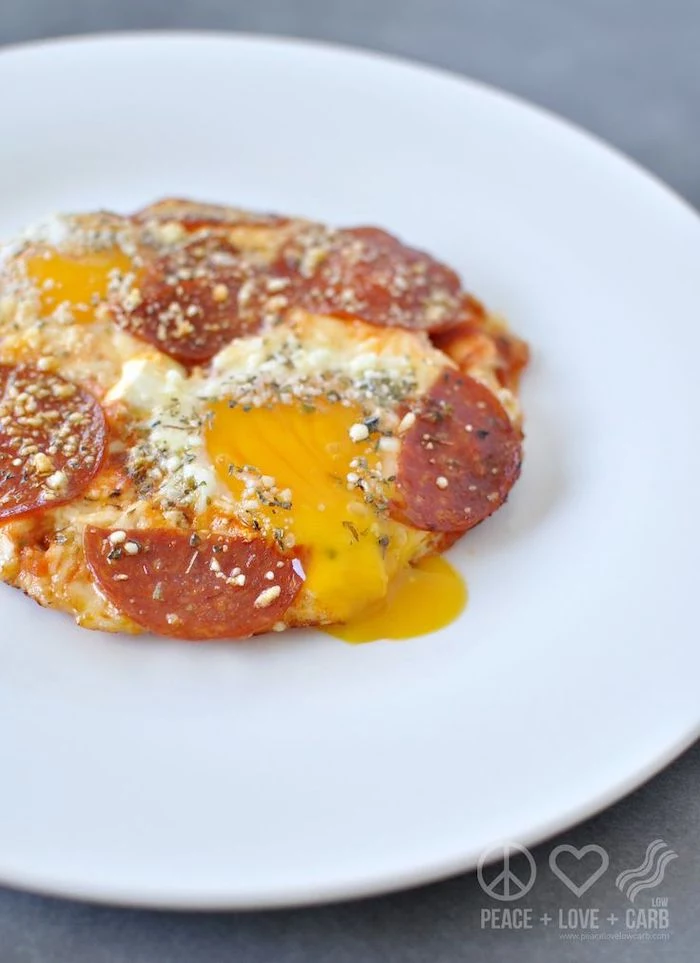
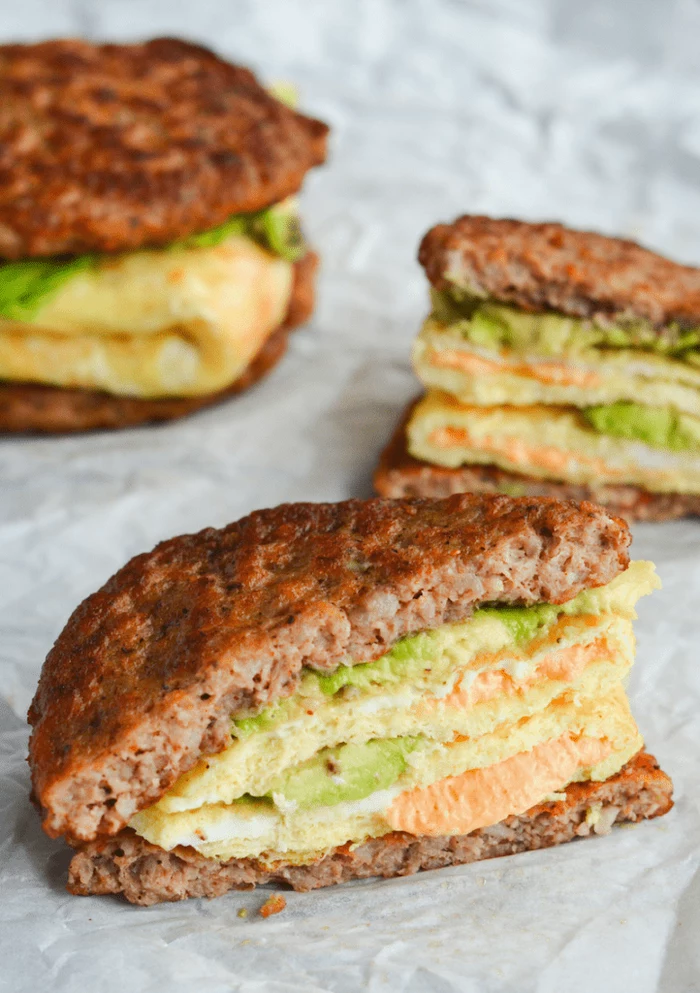
My keto baked goods have a weird, cooling aftertaste. What’s wrong?
That’s likely the erythritol. While it’s a great zero-calorie sweetener, it can crystalize and produce a cool sensation on the palate, especially in high concentrations. To avoid this, look for monk fruit-erythritol blends, which are less prone to it, or try allulose, another keto-friendly sweetener known for behaving almost identically to sugar without the cooling effect.
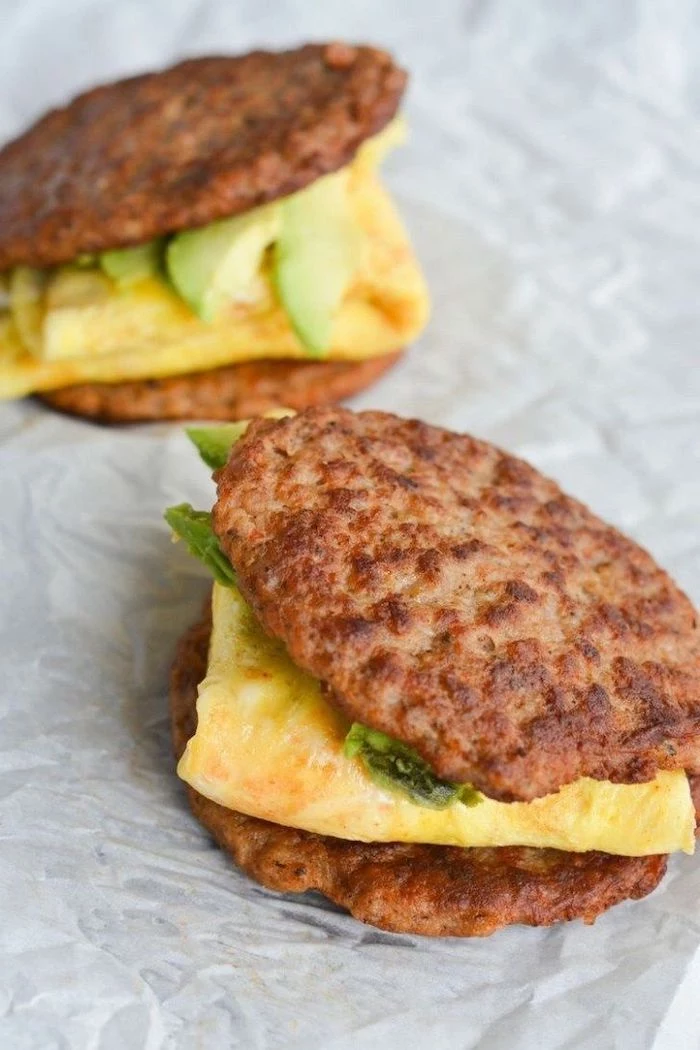
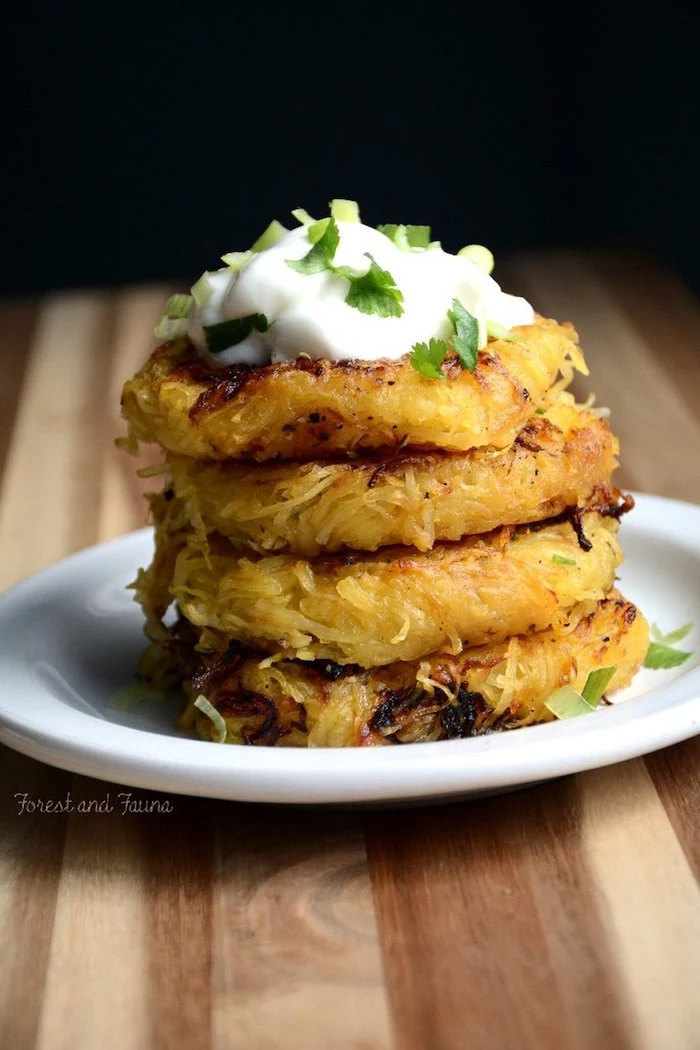
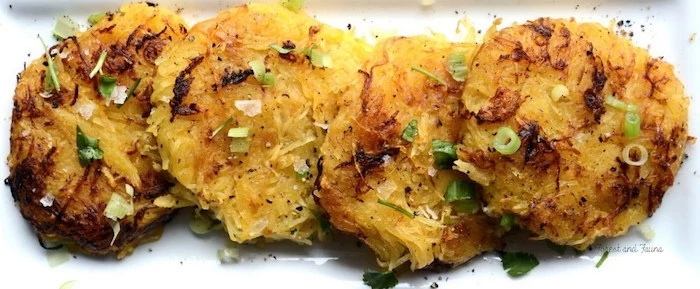
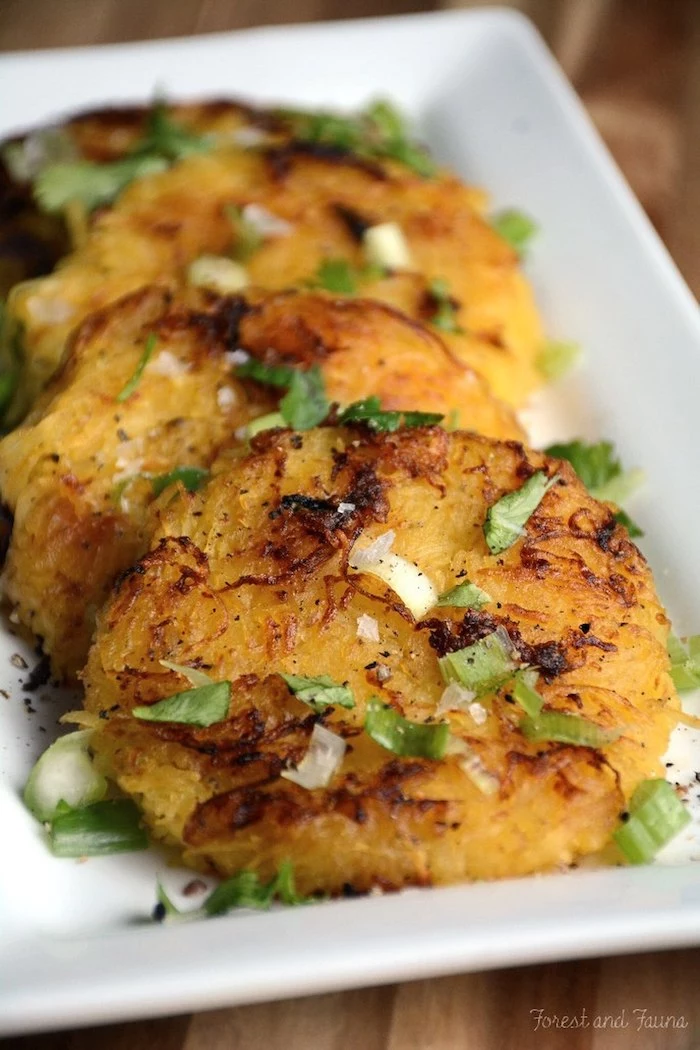
Don’t neglect texture and color. A monochrome plate of eggs and bacon can feel repetitive. Elevate it instantly with simple, low-carb additions. A sprinkle of bright red paprika on your eggs, a few vibrant green chives, or a side of deep purple sauerkraut not only adds micronutrients but makes the meal visually exciting and far more enjoyable.
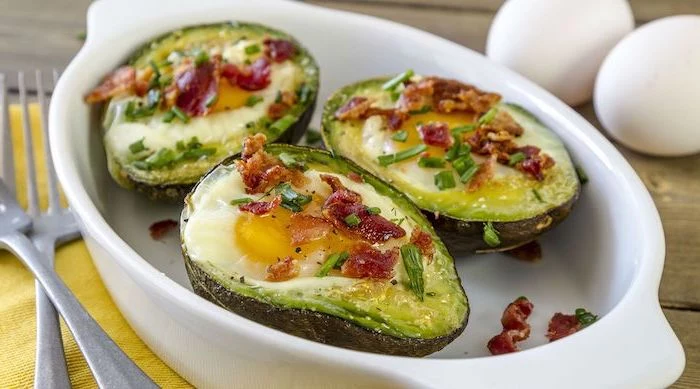
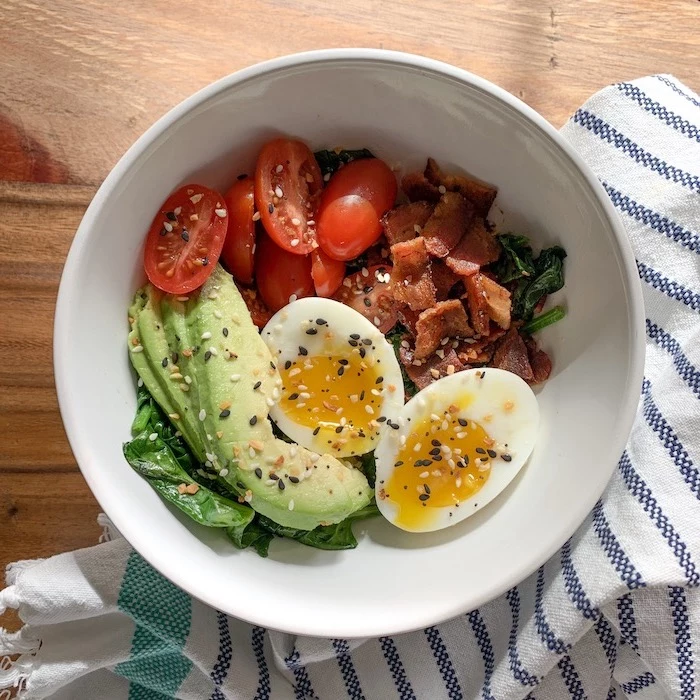
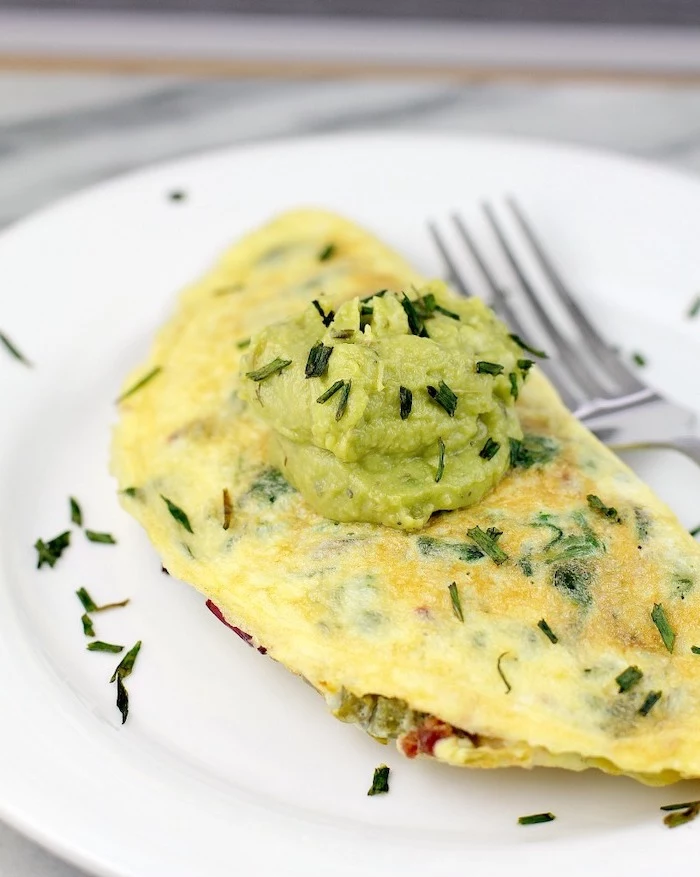
Psyllium Husk: This is all about structure. A fiber powerhouse, psyllium husk gives keto bread and tortillas a chewy, bread-like texture that’s often missing. It absorbs a huge amount of water, creating a gel that binds ingredients.
Xanthan Gum: This is your thickener and emulsifier. Use just a tiny amount (1/4 to 1/2 tsp) to prevent separation in sauces, thicken smoothies, or give keto ice cream a creamier mouthfeel.
Use psyllium for bread-like bakes and xanthan gum for creamy, smooth liquids.
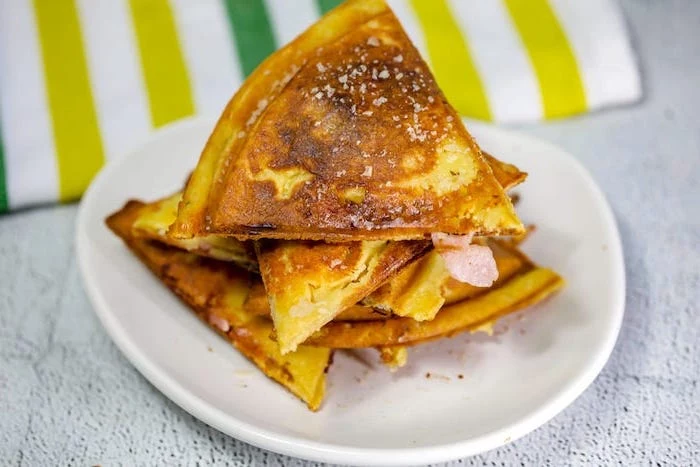
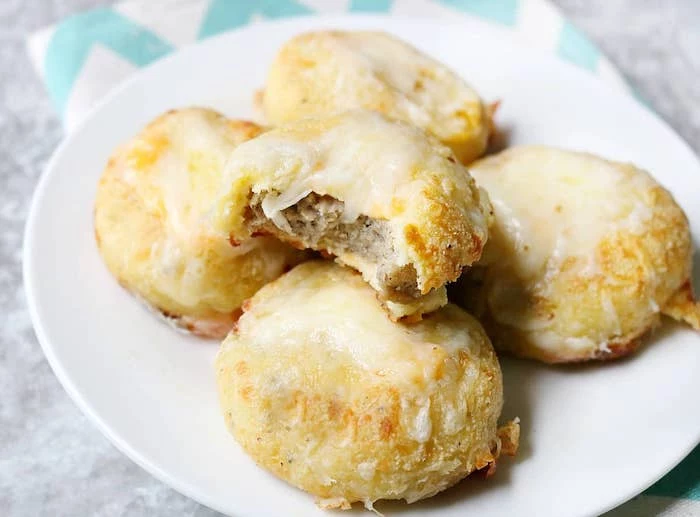
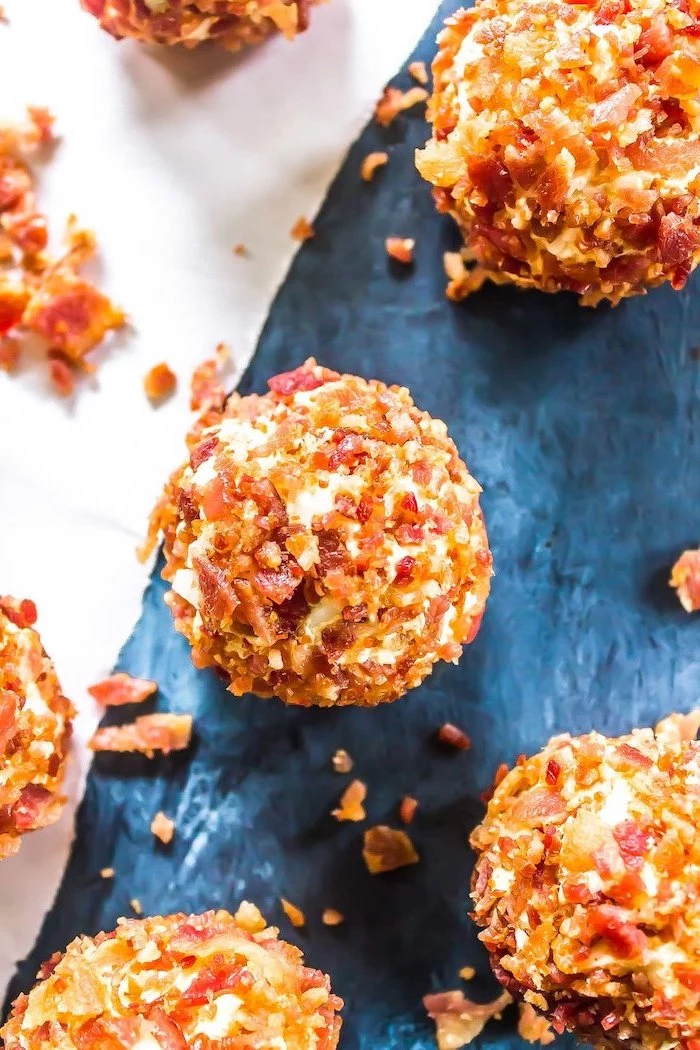
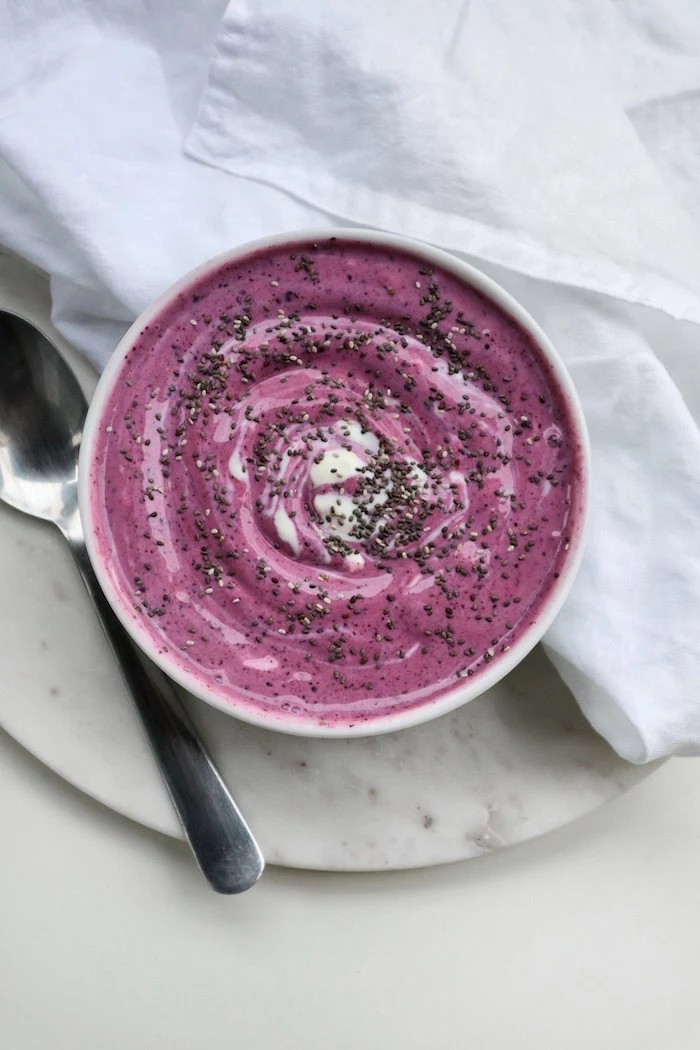
Keto on a budget is entirely possible, and it starts with breakfast. Embrace the power of eggs! They are a complete protein, packed with healthy fats and nutrients, and incredibly inexpensive. You can also buy ground pork or beef in bulk to make your own breakfast sausage patties, which is far cheaper than pre-made links that often contain hidden sugars and fillers.
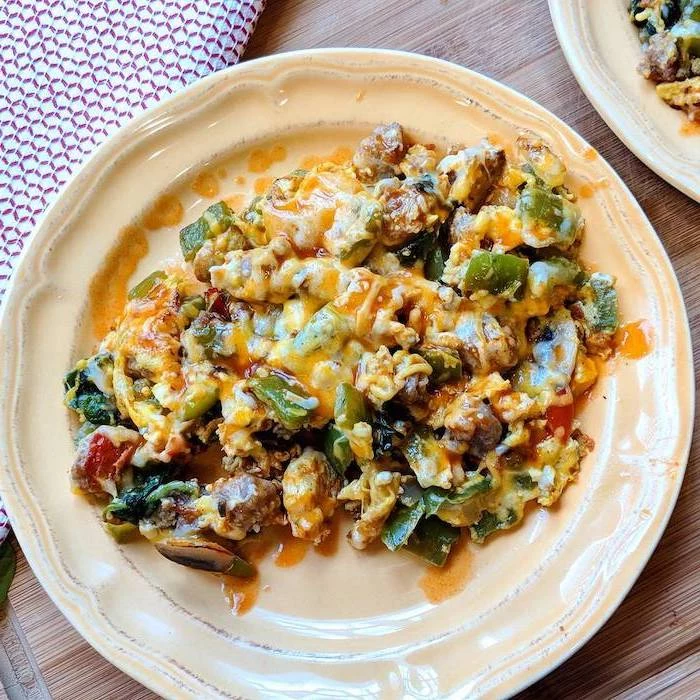
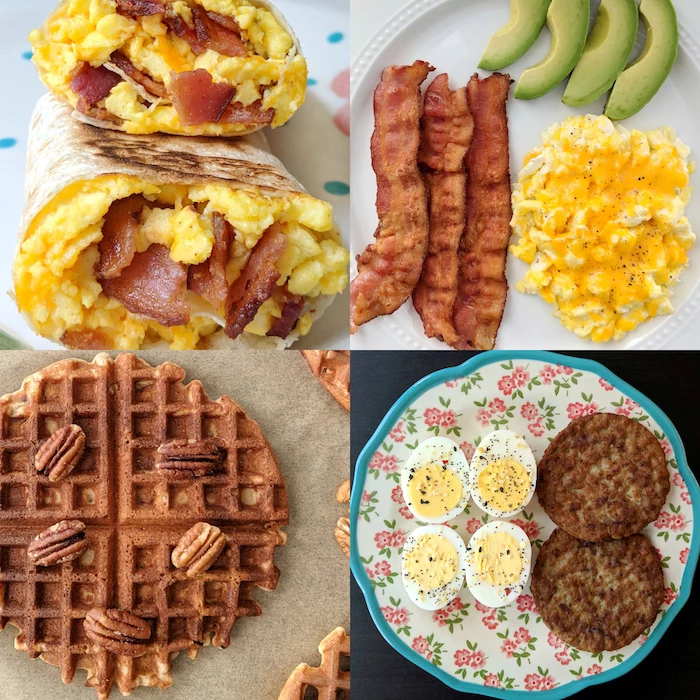
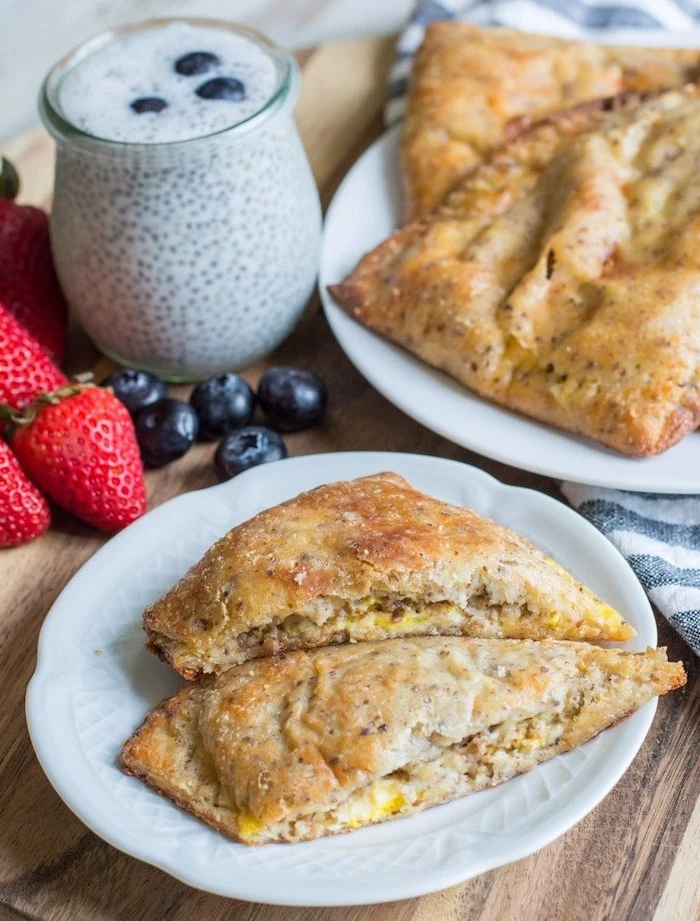
- Toasted, unsweetened coconut flakes for tropical crunch.
- A sprinkle of flaky sea salt (like Maldon) to make flavors pop.
- Hemp hearts for a nutty taste and a boost of omega-3s.
- A small handful of fresh raspberries or blueberries for a burst of color and antioxidants.
- A dash of cinnamon for warmth and blood sugar regulation.
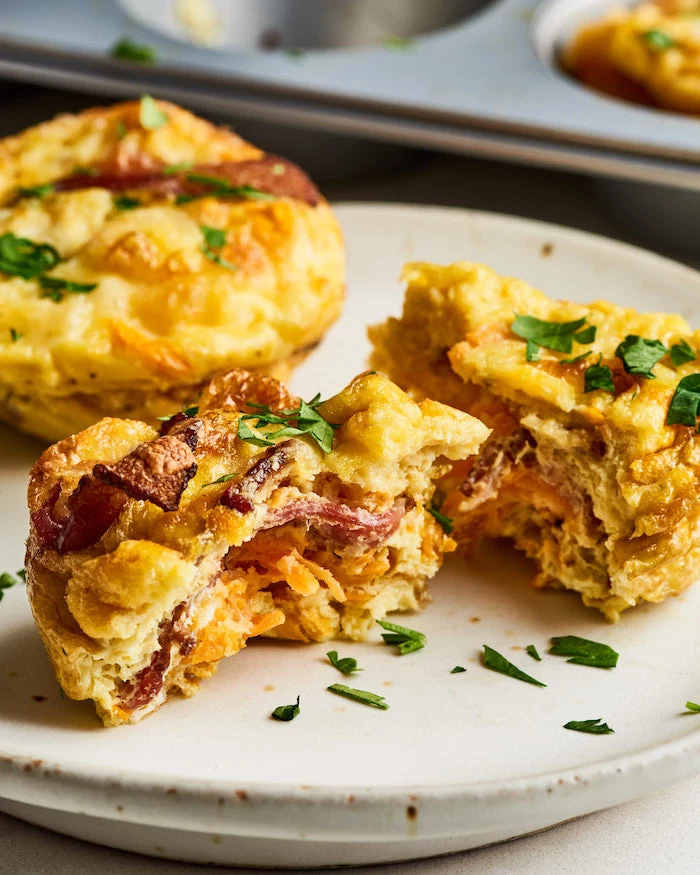
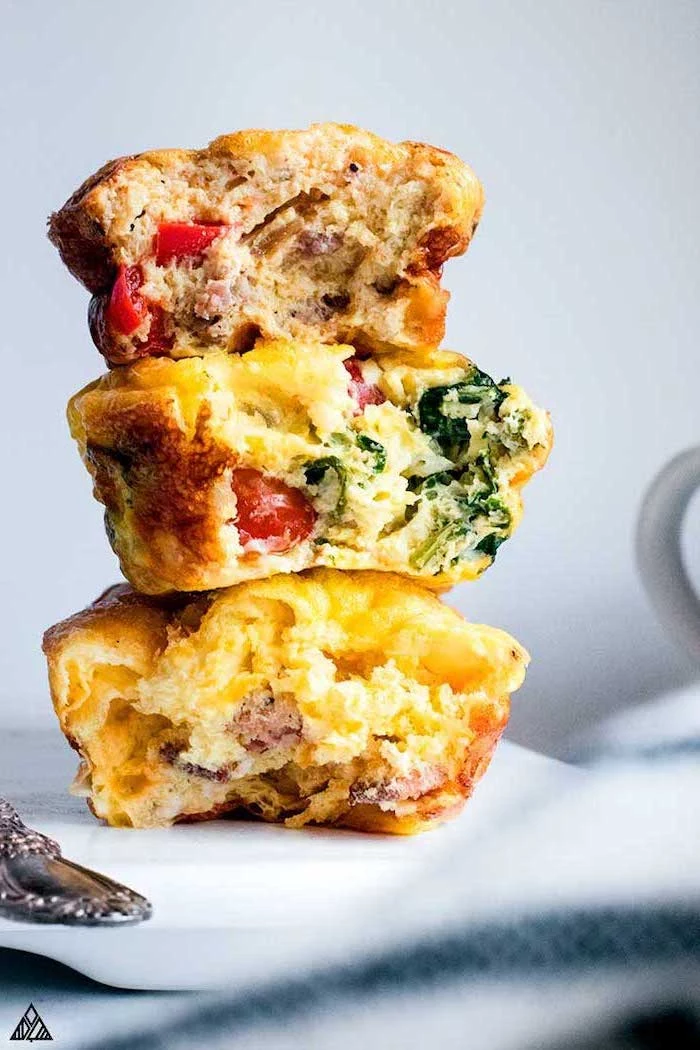
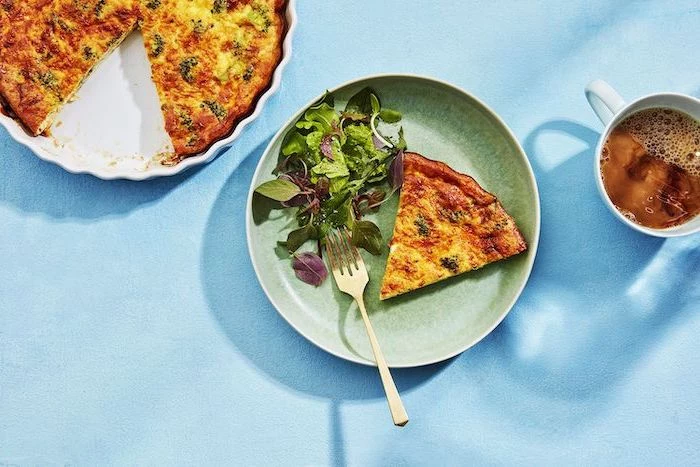
Watch out for hidden carbs: That delicious-looking breakfast sausage or bacon might be cured with sugar or contain carb-heavy fillers like wheat or corn derivatives. Always read the ingredients list. Look for brands like Applegate Naturals or Naked Bacon that pride themselves on clean, sugar-free ingredients to ensure your protein source isn’t sabotaging your efforts.
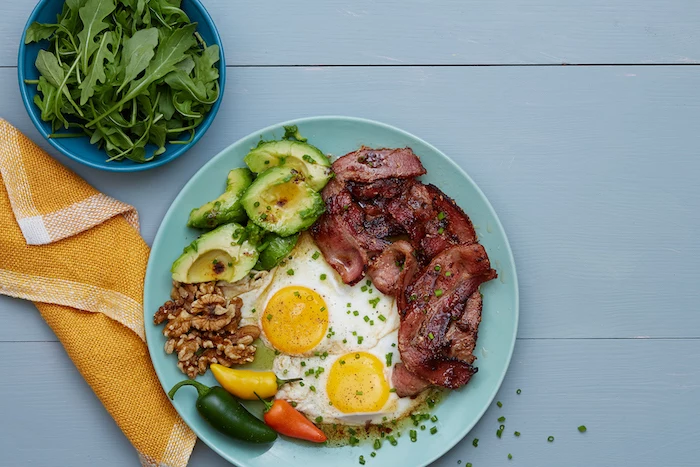
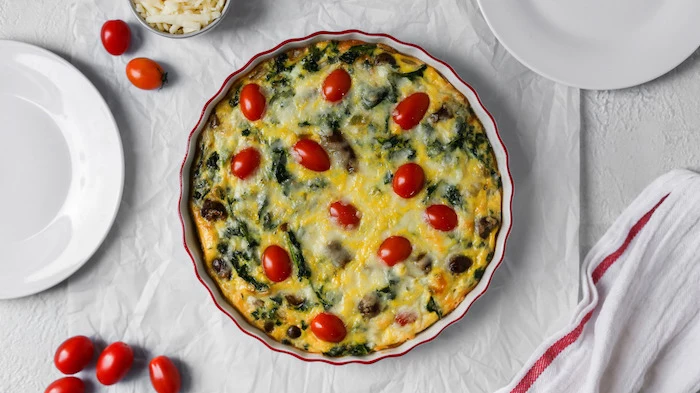

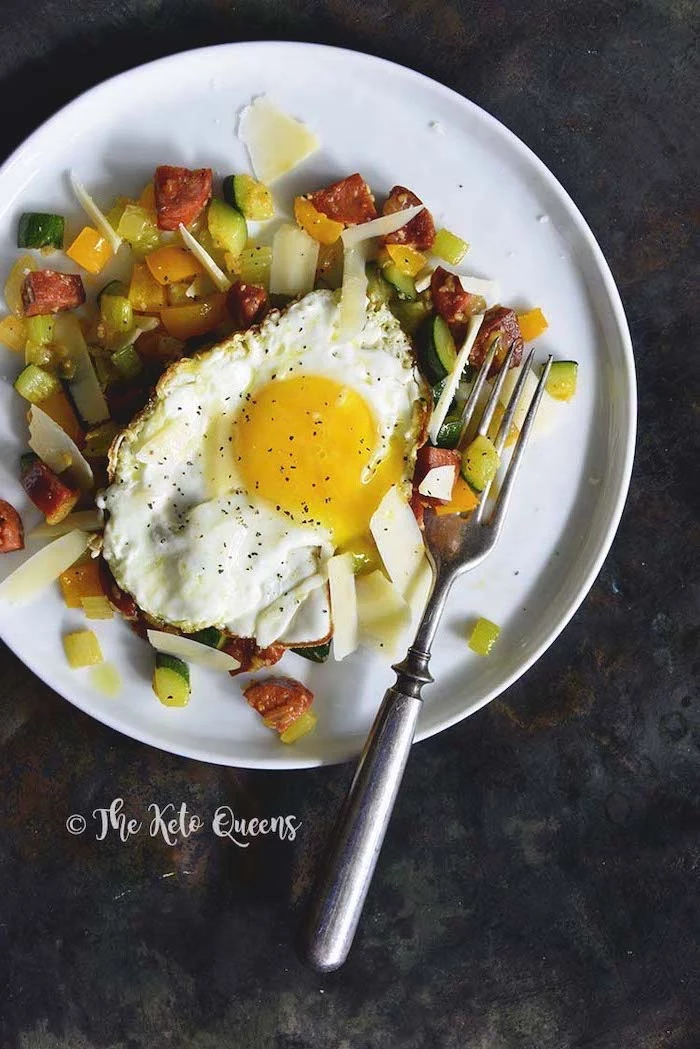
To keep your keto muffins and breads fresh without them becoming soggy, storage is key. Let them cool completely on a wire rack first. This prevents condensation. Then, store them in an airtight container lined with a paper towel to absorb any excess moisture. For longer storage, they freeze beautifully—just slice the bread or keep the muffins separate so you can grab one at a time.
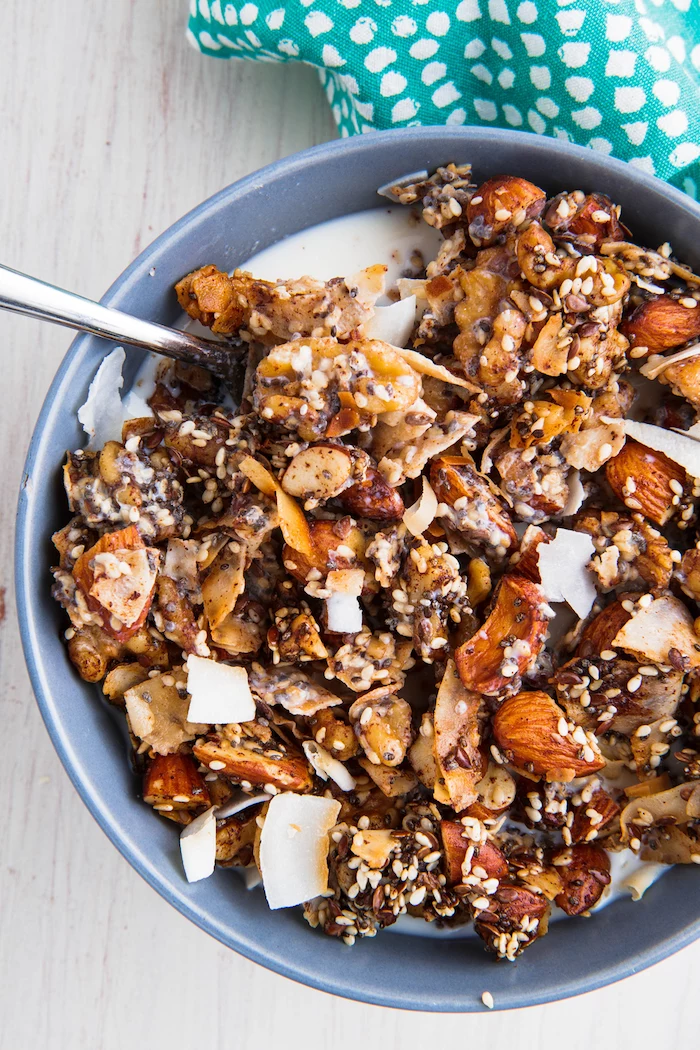
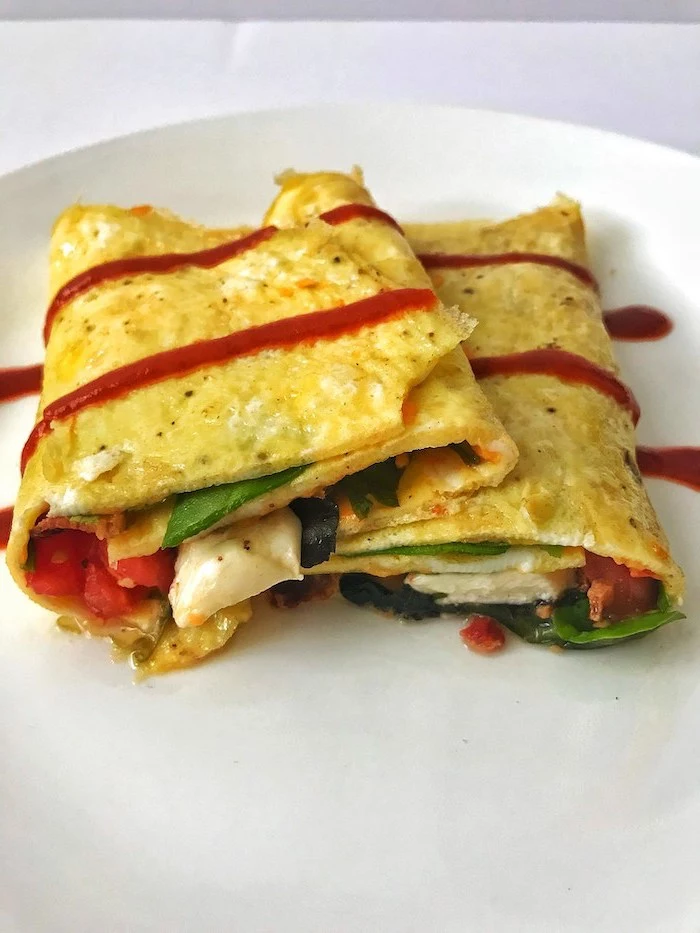

- Incredibly creamy and rich texture.
- Higher in fiber, keeping you full until lunch.
- Sets up faster than its chia counterpart.
The secret? Ground flaxseed pudding. Just mix 2-3 tablespoons of ground flaxseed with 1/2 cup of unsweetened almond milk and your favorite keto sweetener. Let it sit for 15-20 minutes in the fridge, and you have a perfect pudding base.

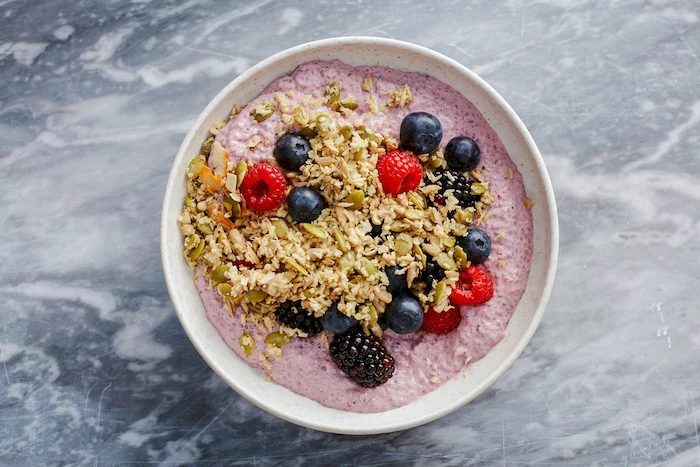
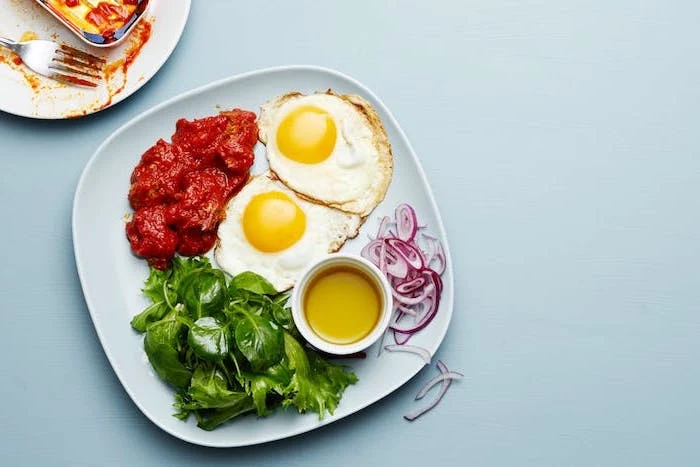
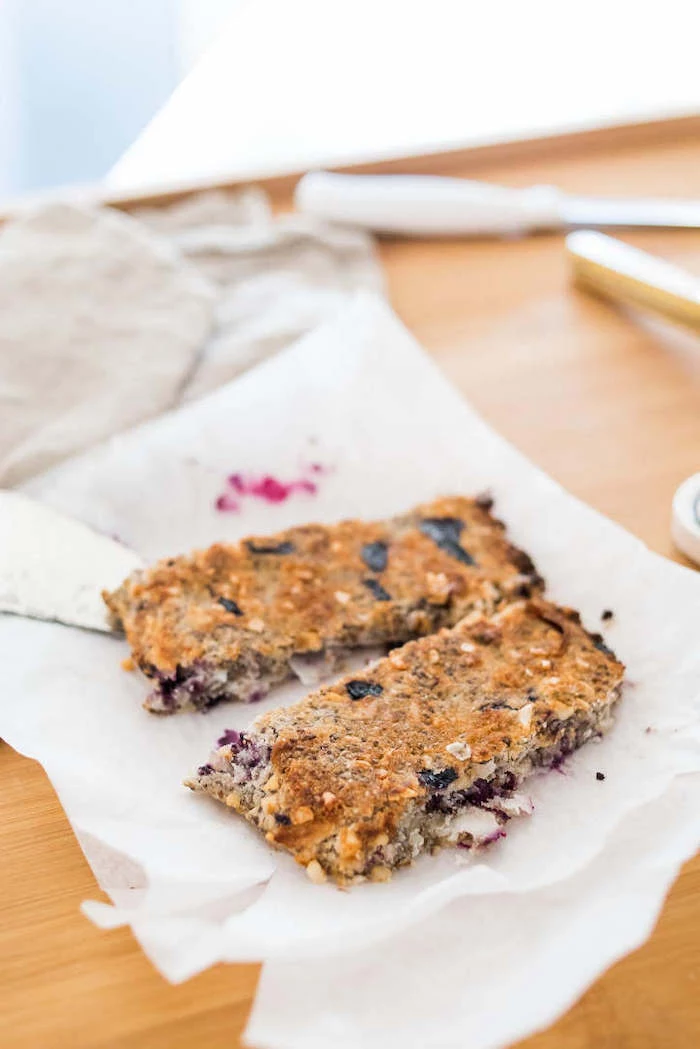
Did you know a single tablespoon of avocado contains about 1 gram of fiber?
This makes it a breakfast superstar. Mashing half an avocado and mixing it into your scrambled eggs at the end of cooking adds creaminess, healthy fats, and a fiber boost that contributes to long-lasting satiety. It’s a simple trick to make a basic meal far more powerful.
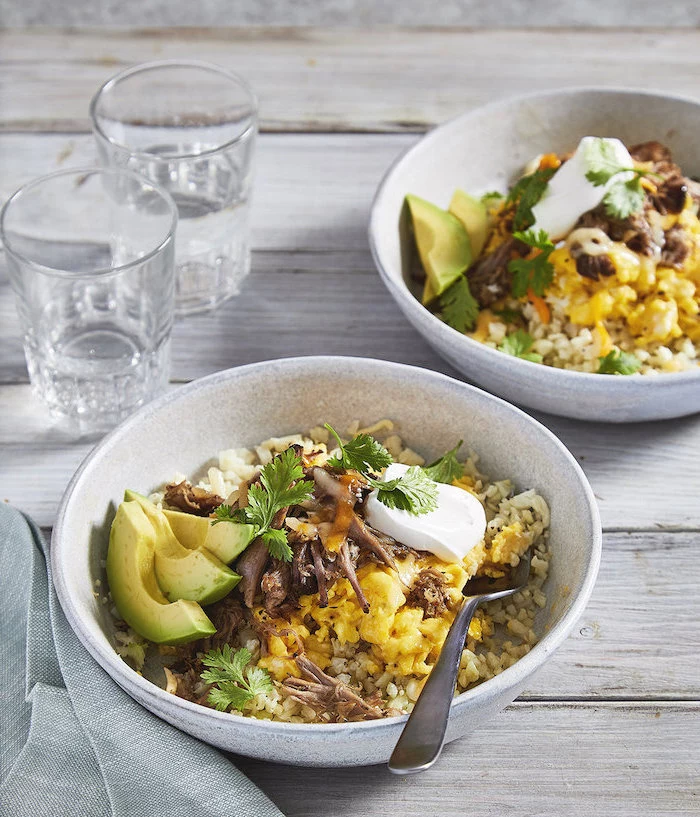
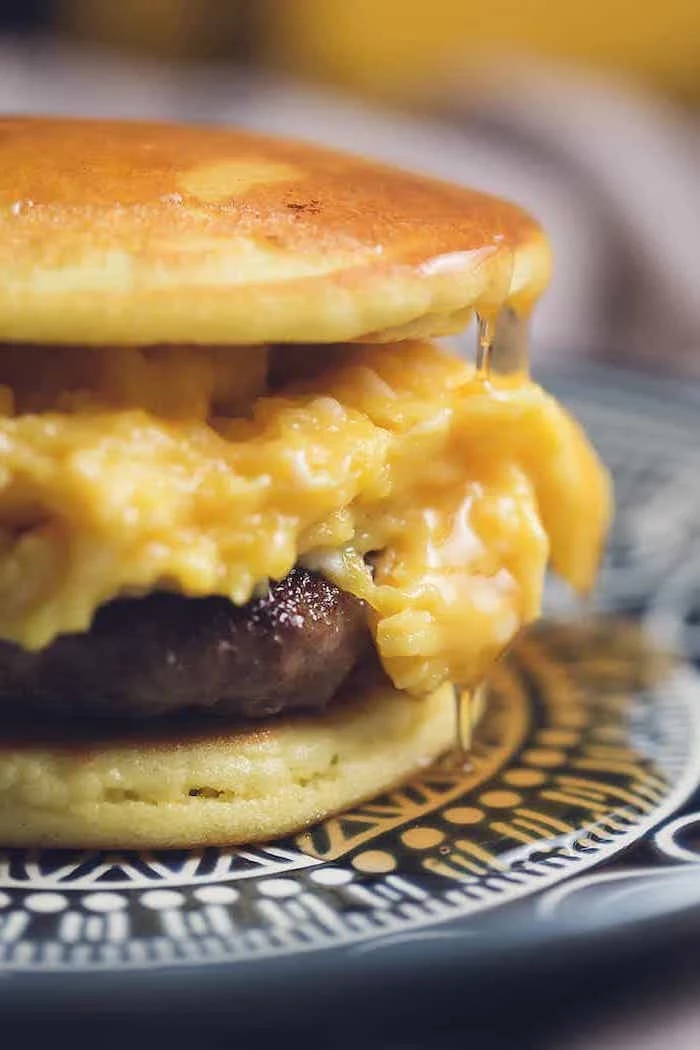
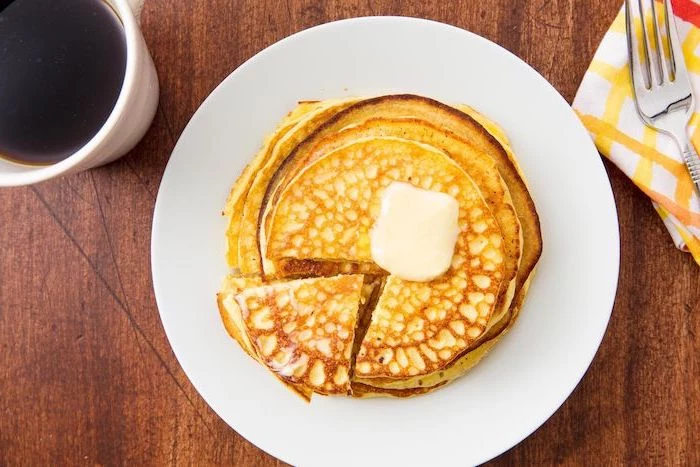
I love yogurt, but most are full of sugar. What are my options?
You’re in luck! Look for plain, full-fat Greek yogurt or skyr. Brands like Fage Total 5% or Siggi’s Plain have a lower carb count and high protein. To make it a delicious keto breakfast, stir in a swirl of almond butter, a few crushed pecans, and a sprinkle of cinnamon. It’s a high-protein, high-fat option that feels indulgent.
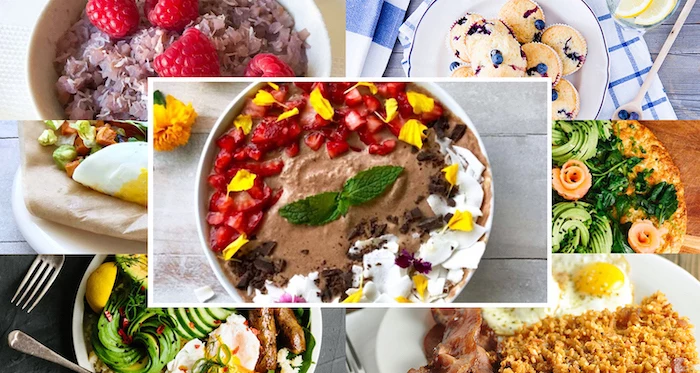
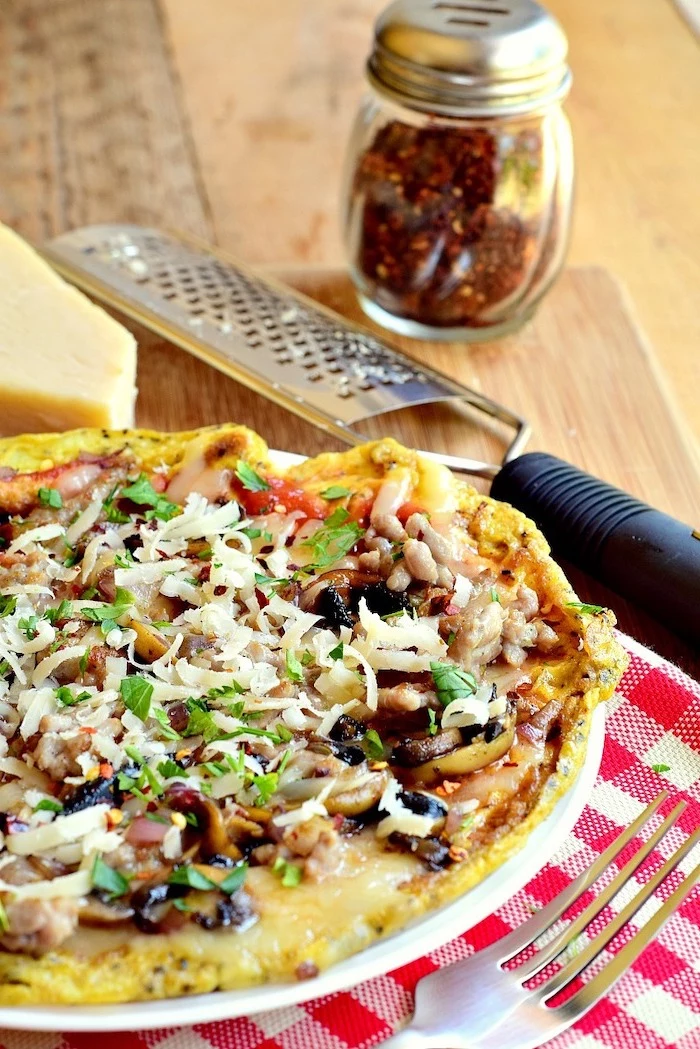
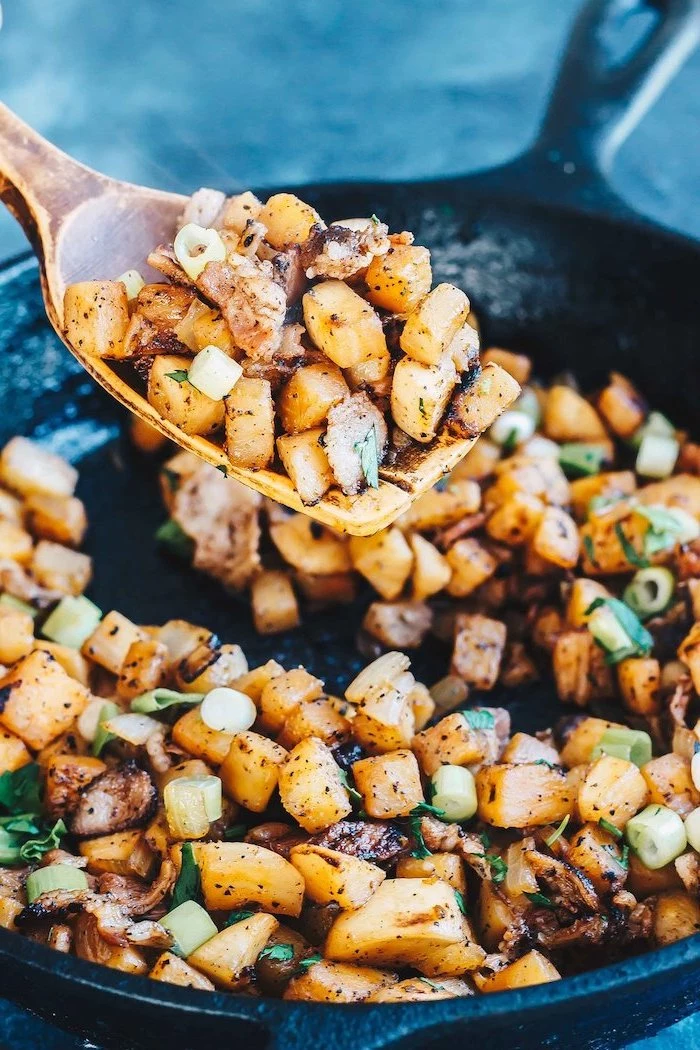
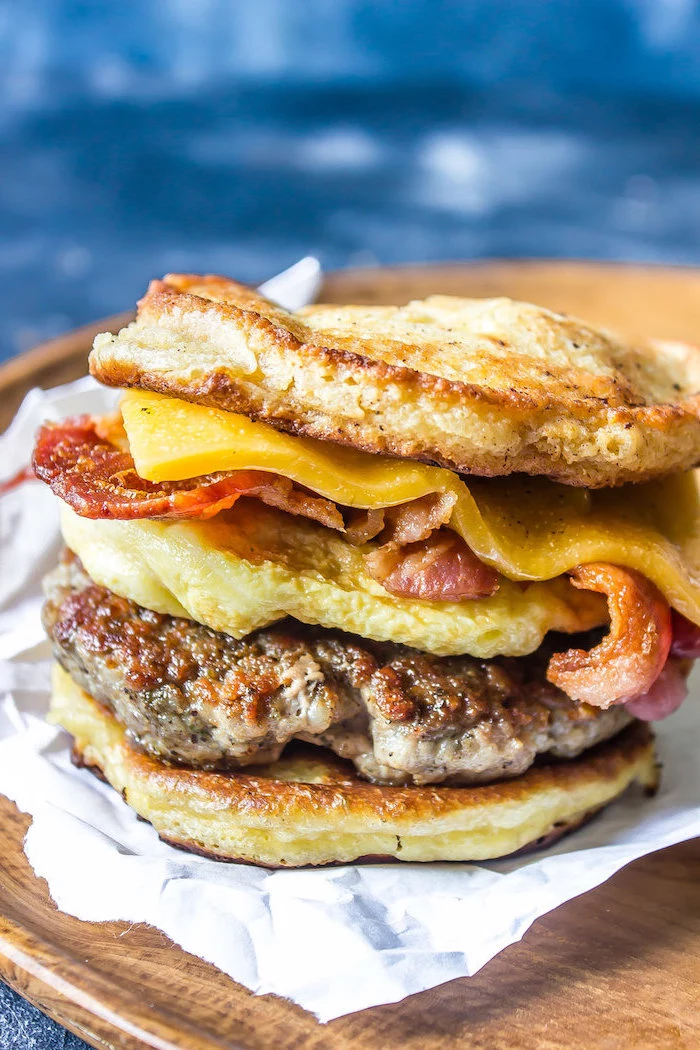
Forget sugary granola. Make your own keto version in 15 minutes. In a bowl, mix one cup of sliced almonds, half a cup of pecans, and half a cup of unsweetened coconut flakes. Add a quarter cup each of pumpkin seeds and hemp hearts. Drizzle with 3 tablespoons of melted coconut oil and a tablespoon of liquid allulose or monk fruit sweetener. Sprinkle with cinnamon, spread on a baking sheet, and bake at 325°F (160°C) for 10-12 minutes until golden. Store in an airtight jar for a week of crunchy toppings.
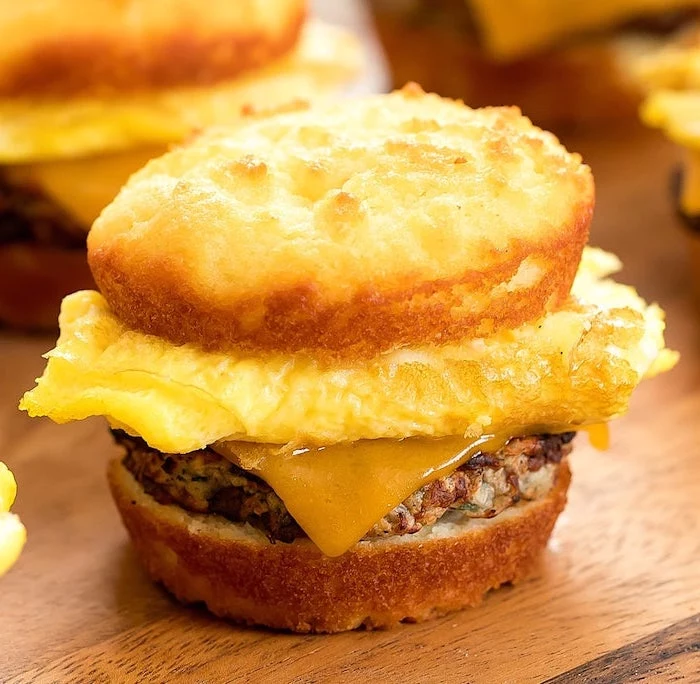
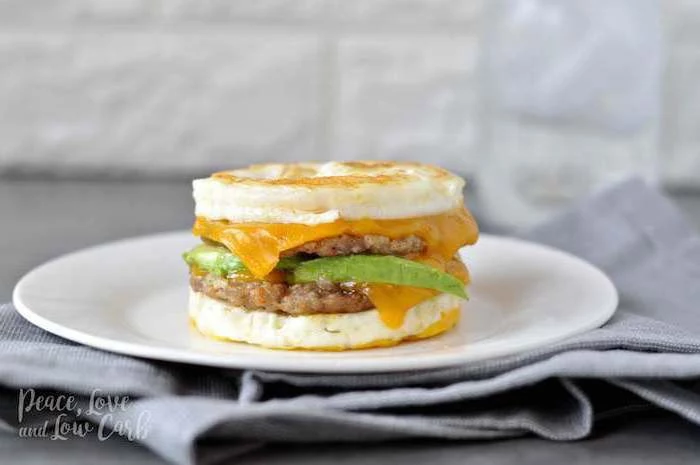

Important point: The quality of your fat matters immensely. For cooking, use stable fats with high smoke points like avocado oil, ghee, or coconut oil. For finishing, use flavorful, nutrient-dense oils like extra-virgin olive oil or macadamia nut oil. Using a high-quality brand like Primal Kitchen for avocado oil ensures you’re not getting a diluted or rancid product, which can introduce inflammation.
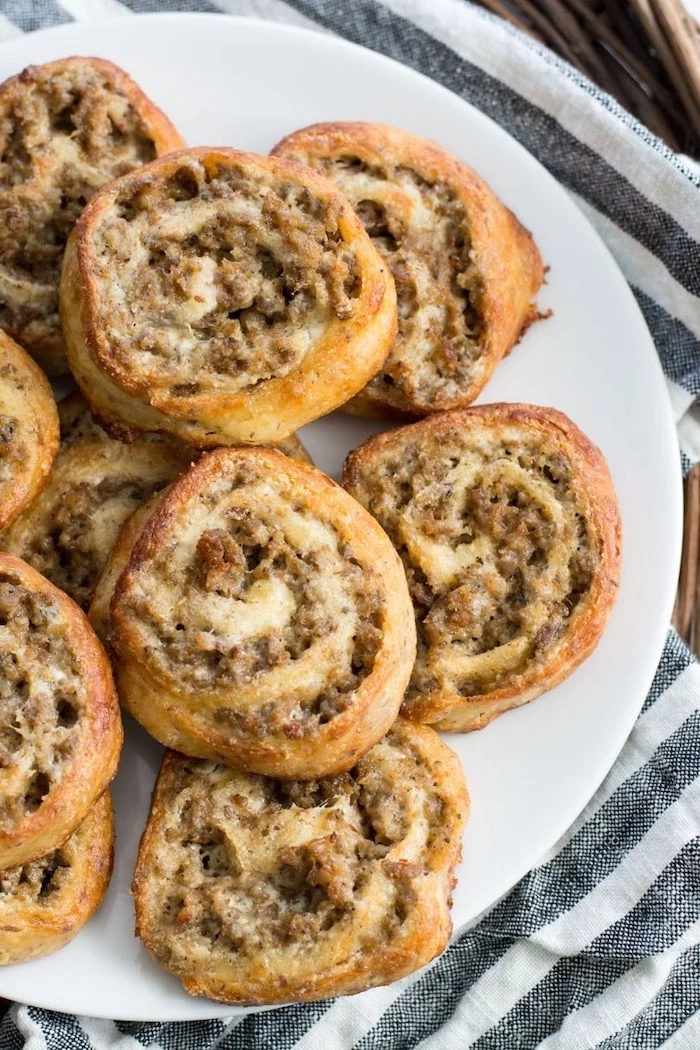
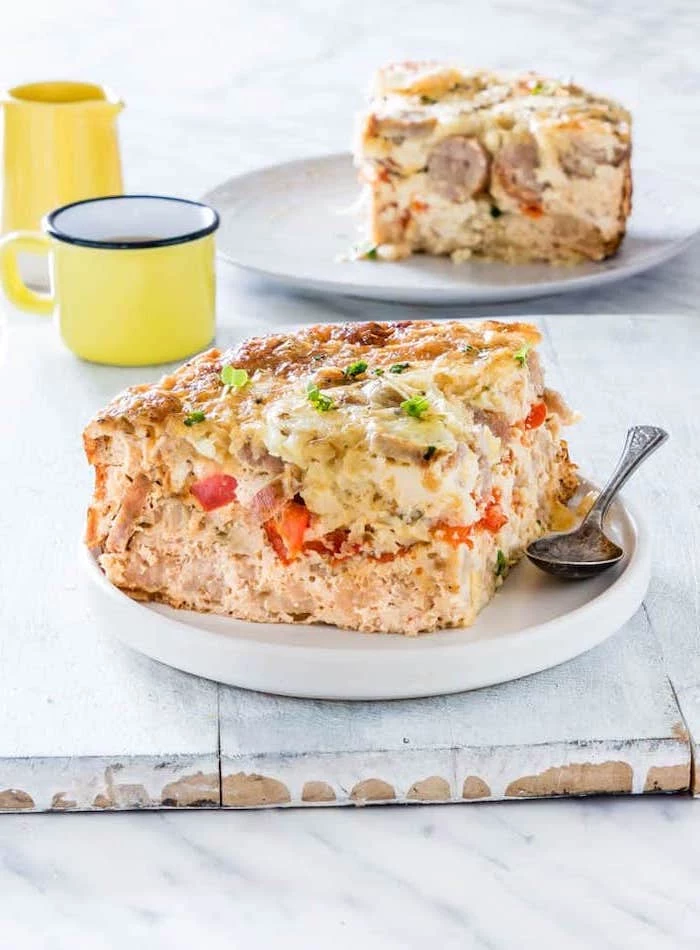
If you’re craving something sweet but simple, don’t overlook a basic bowl of berries and cream. A half-cup of mixed raspberries, blackberries, and strawberries has a relatively low carb count. Top them with a generous dollop of freshly whipped heavy cream (unsweetened, or with a drop of liquid stevia) for a breakfast that feels decadent, elegant, and perfectly keto-compliant.


